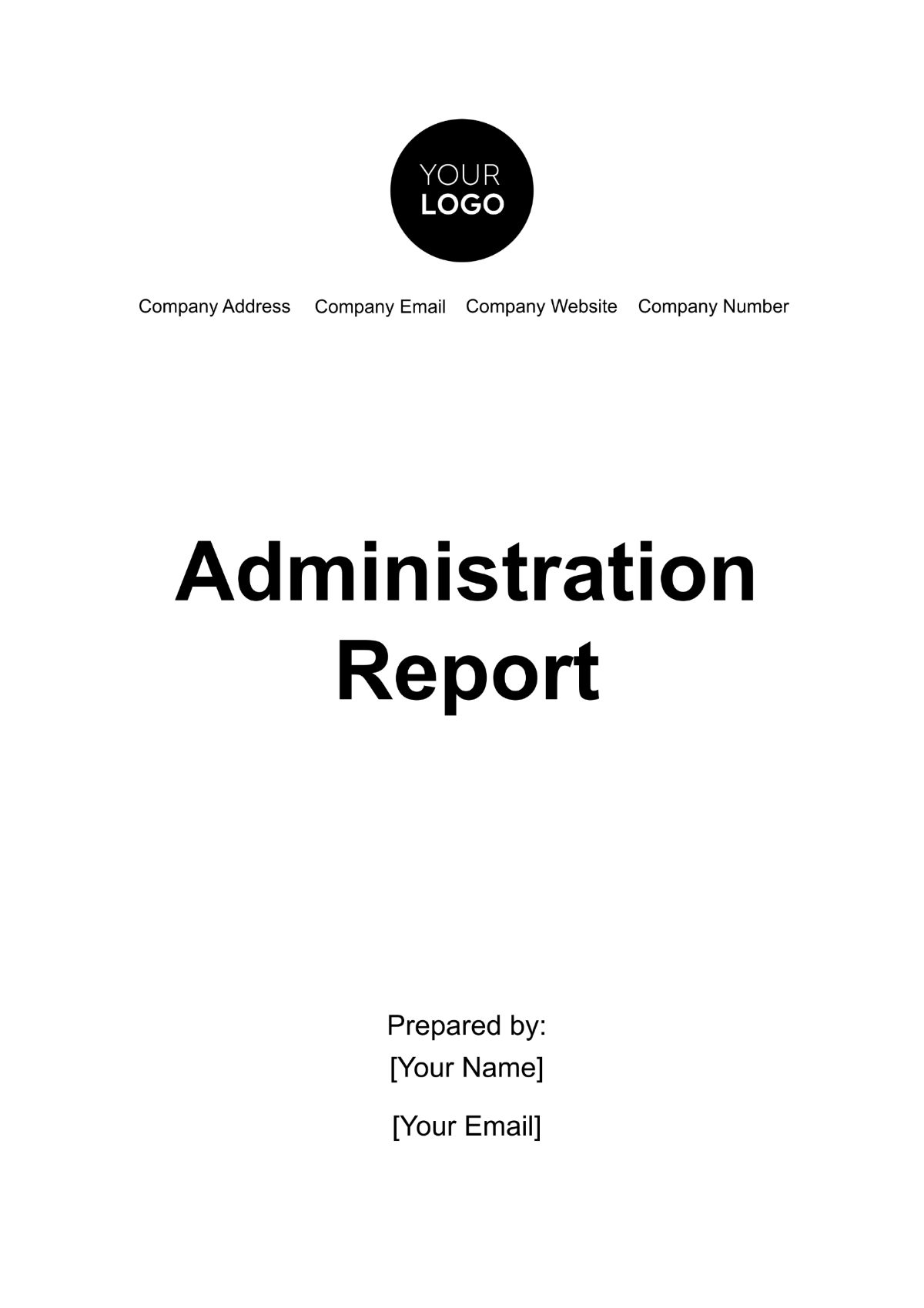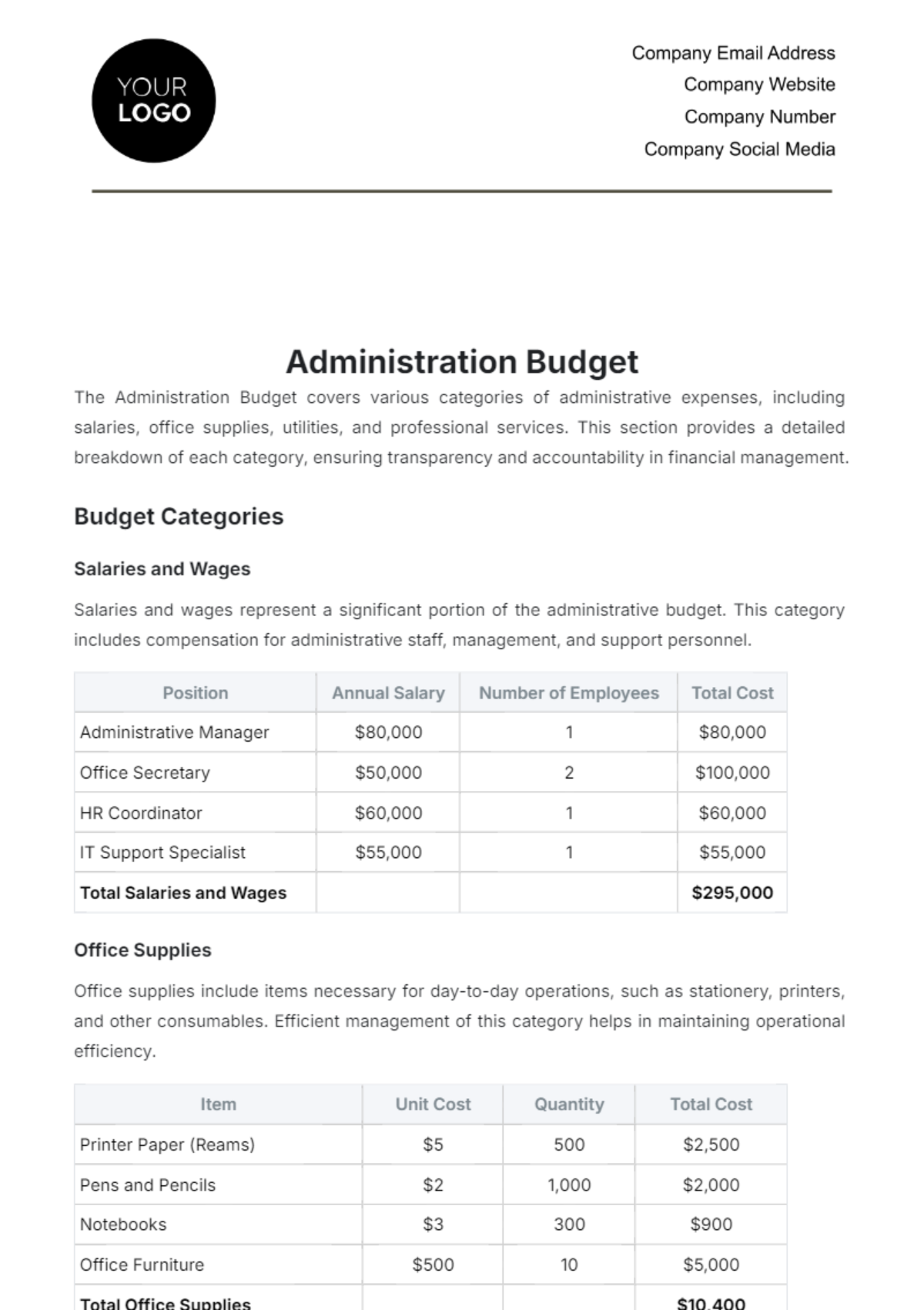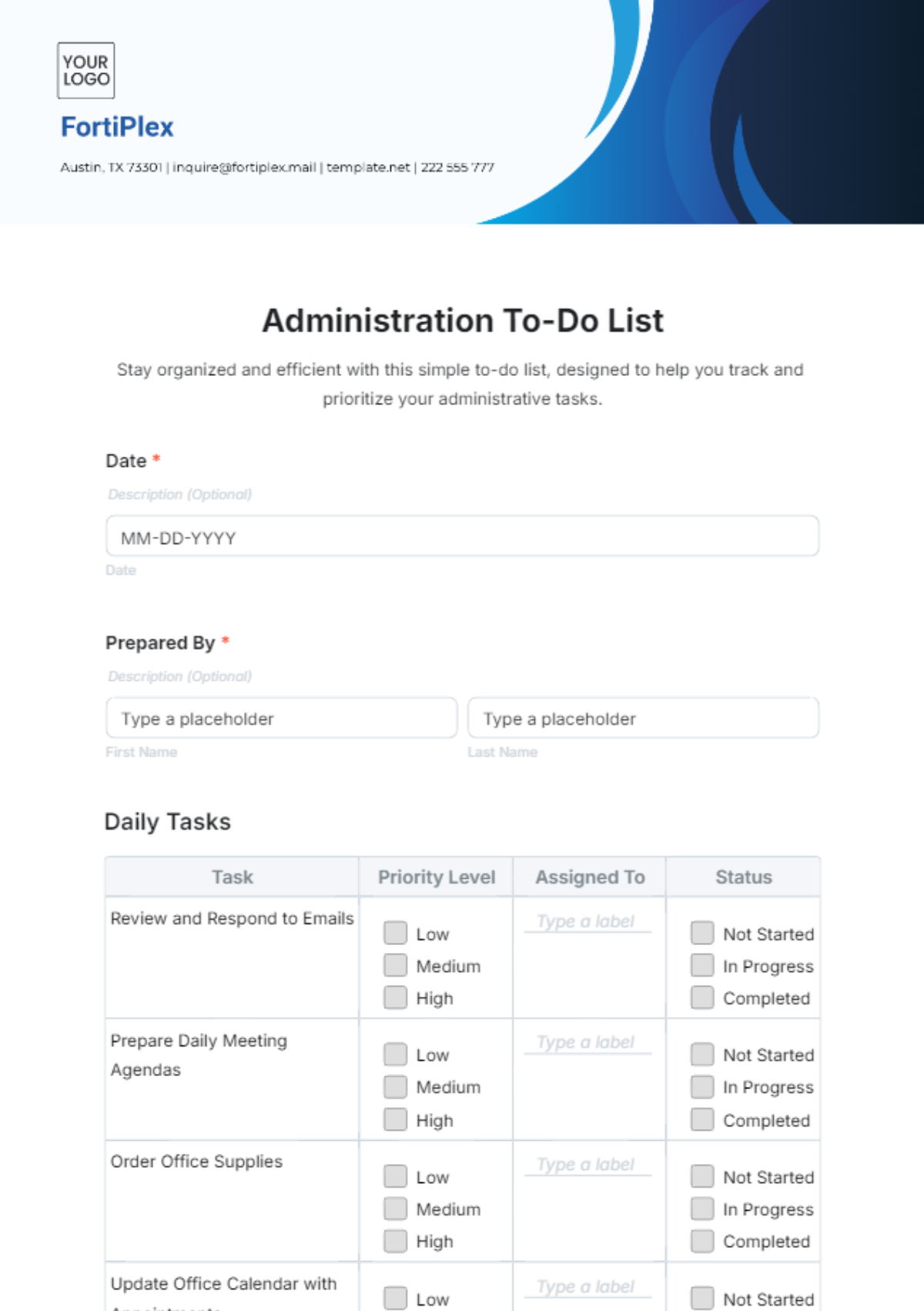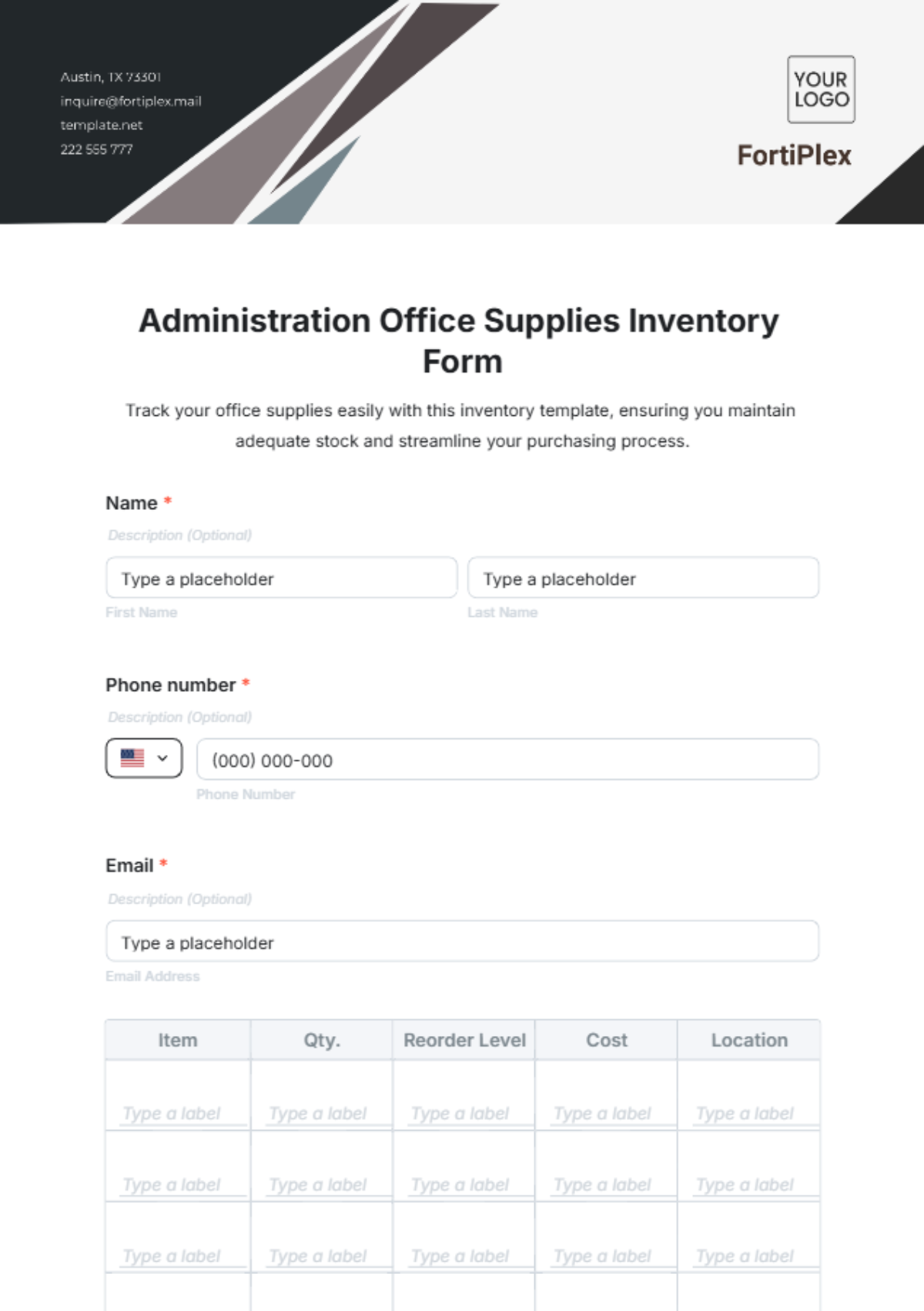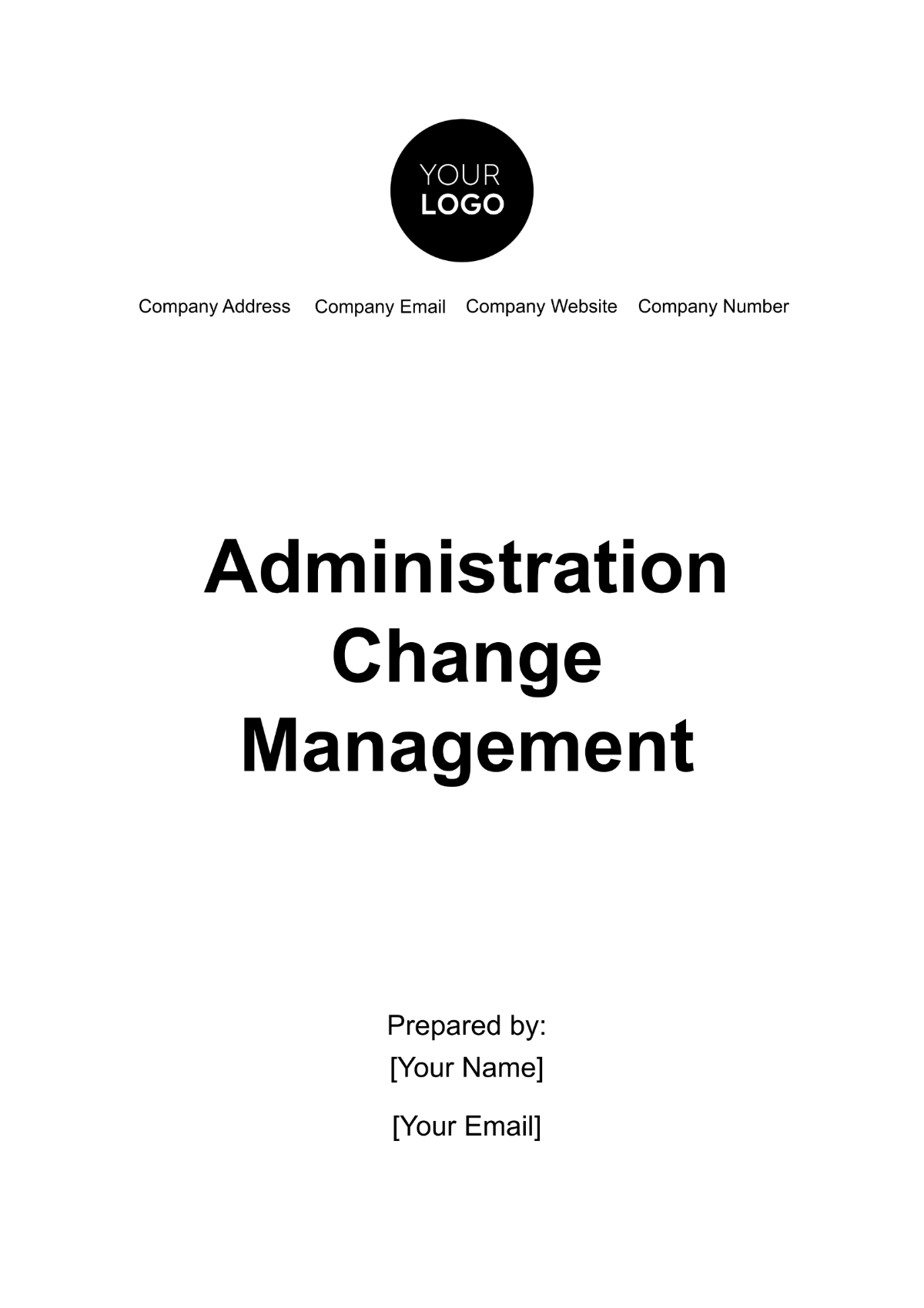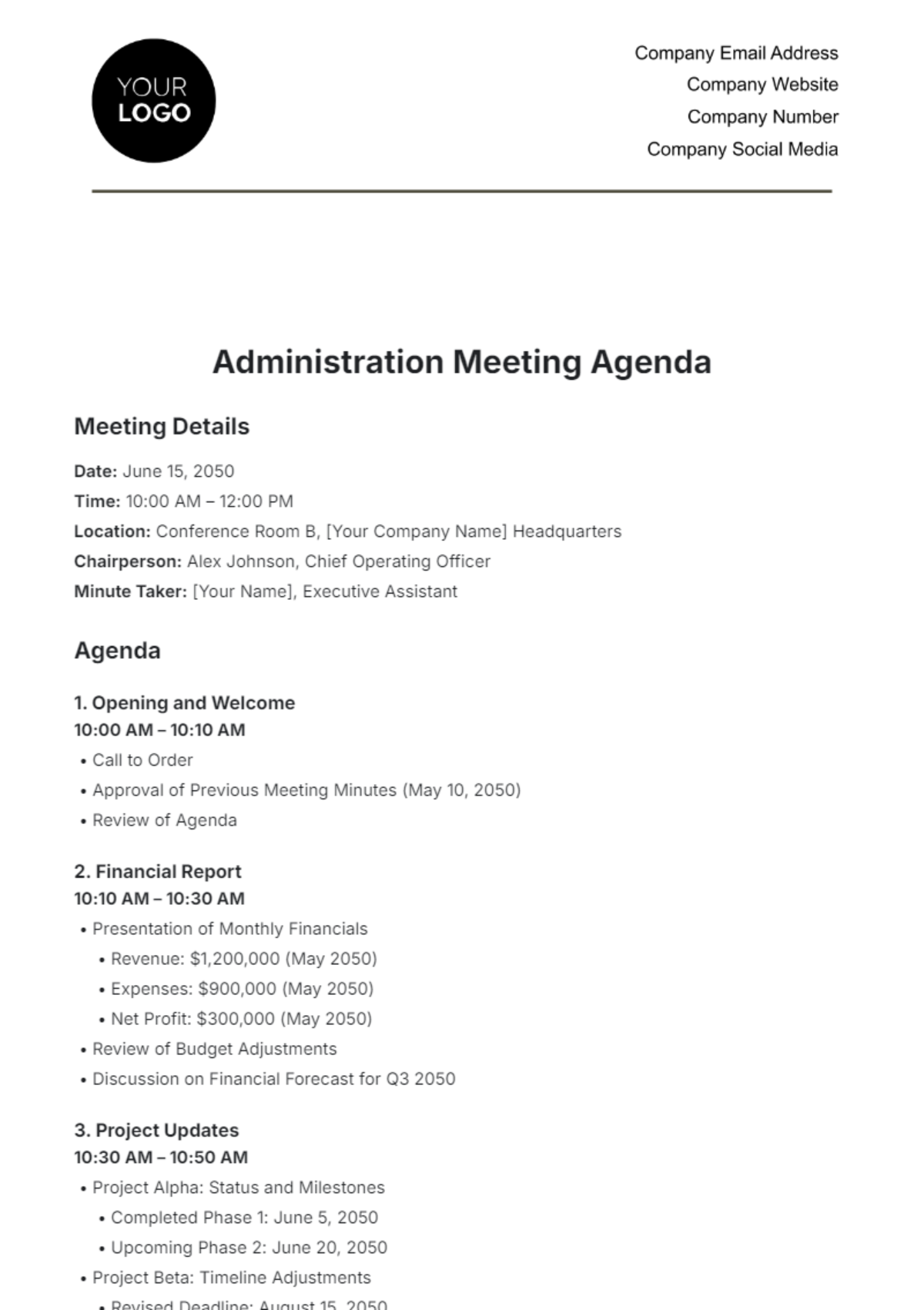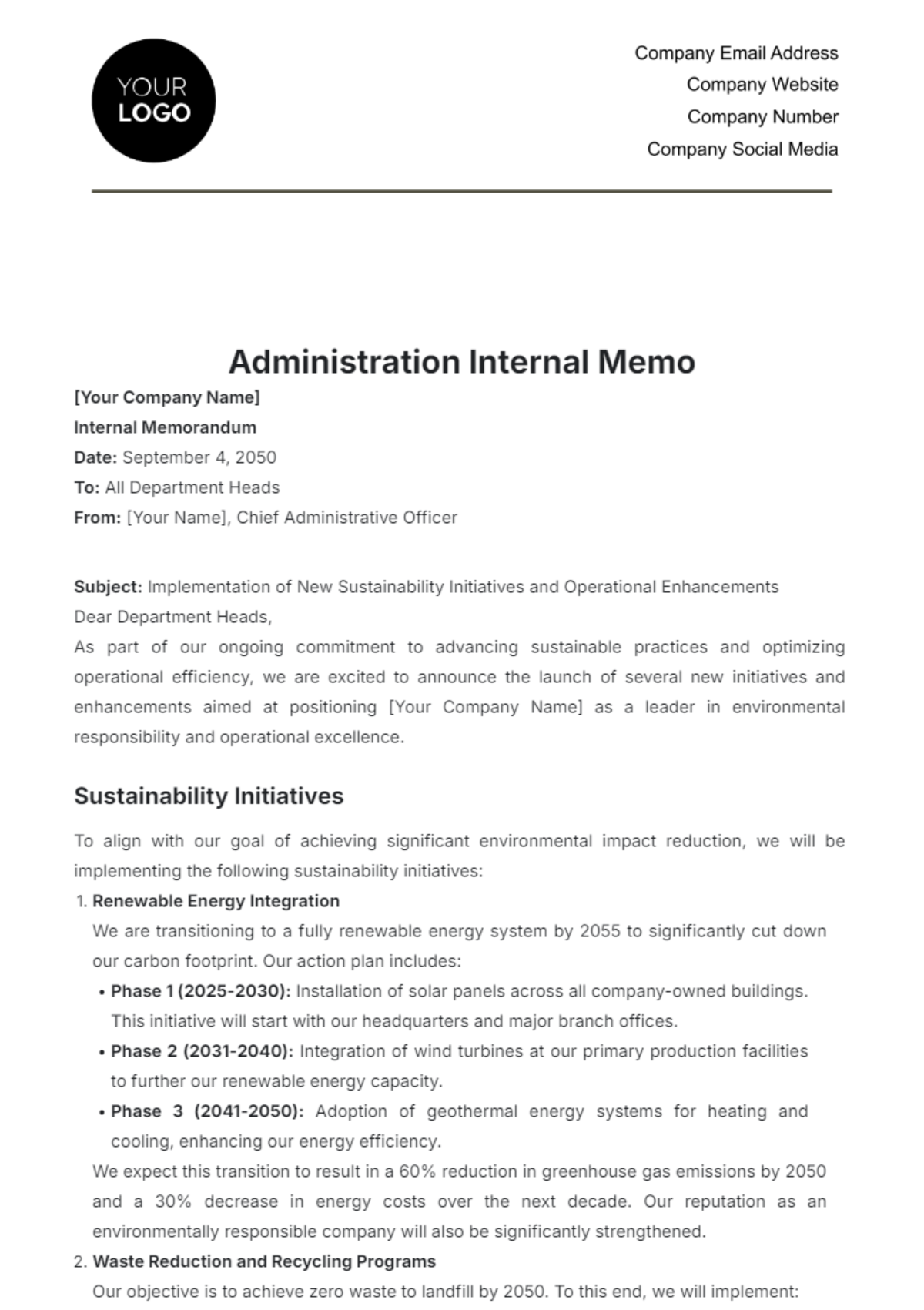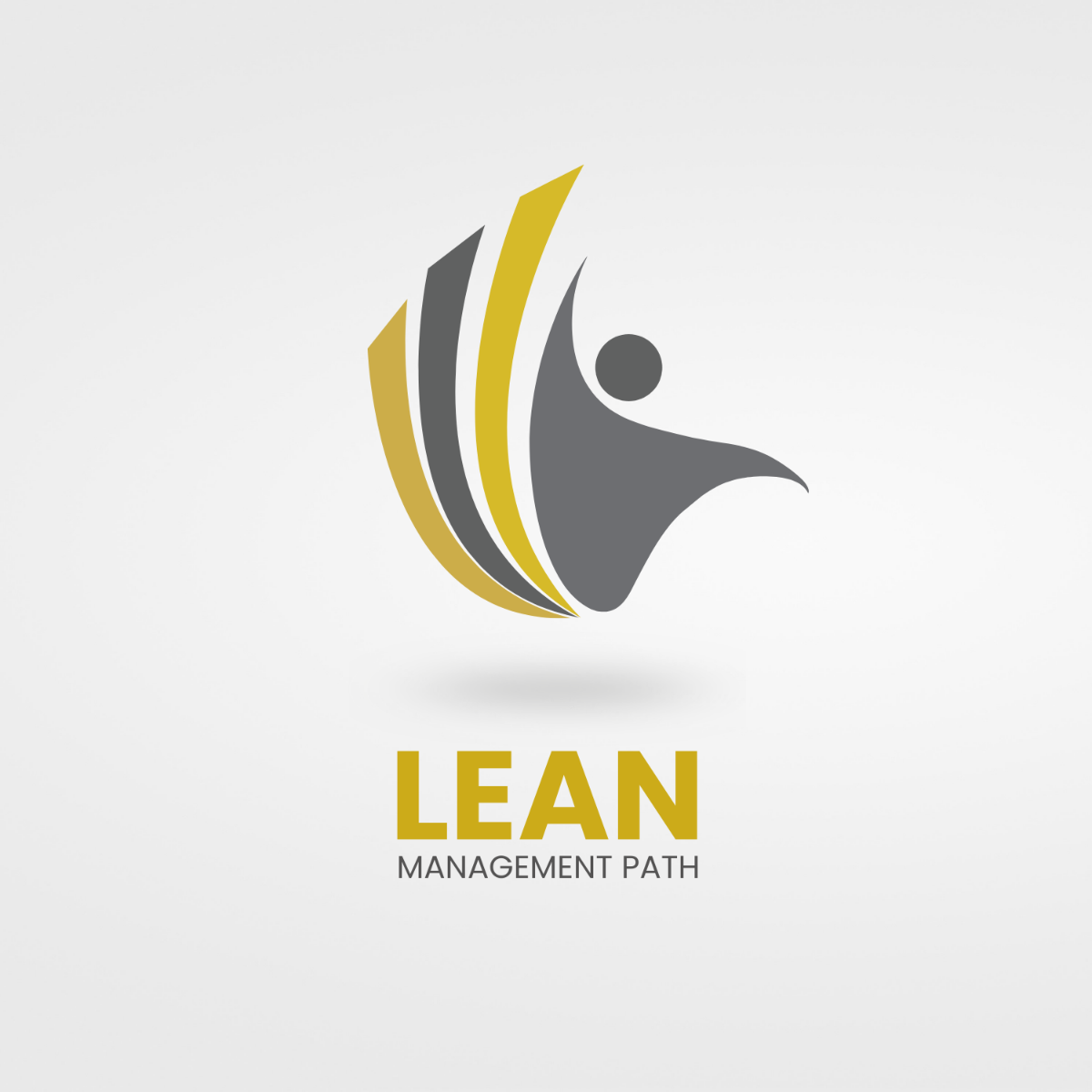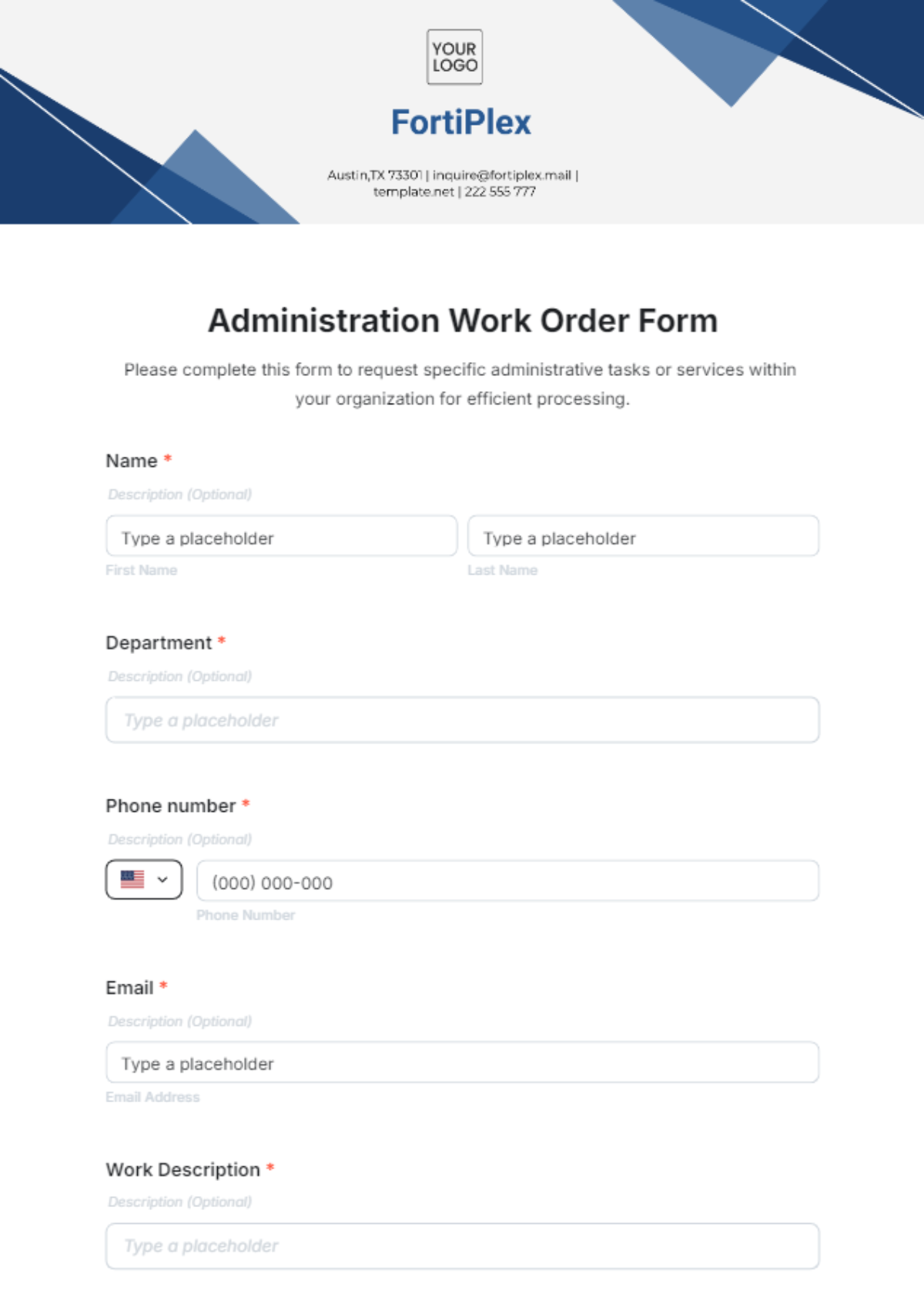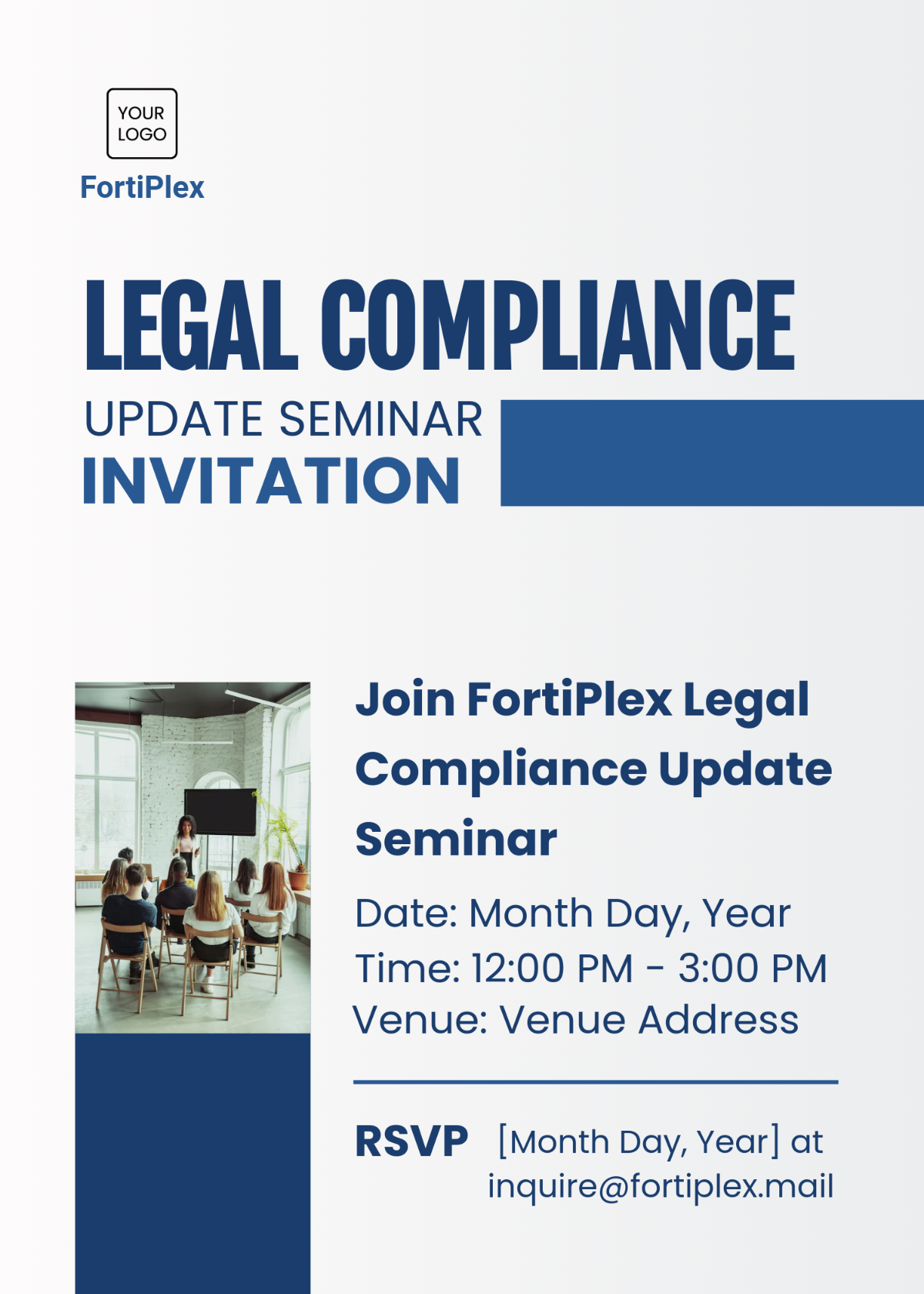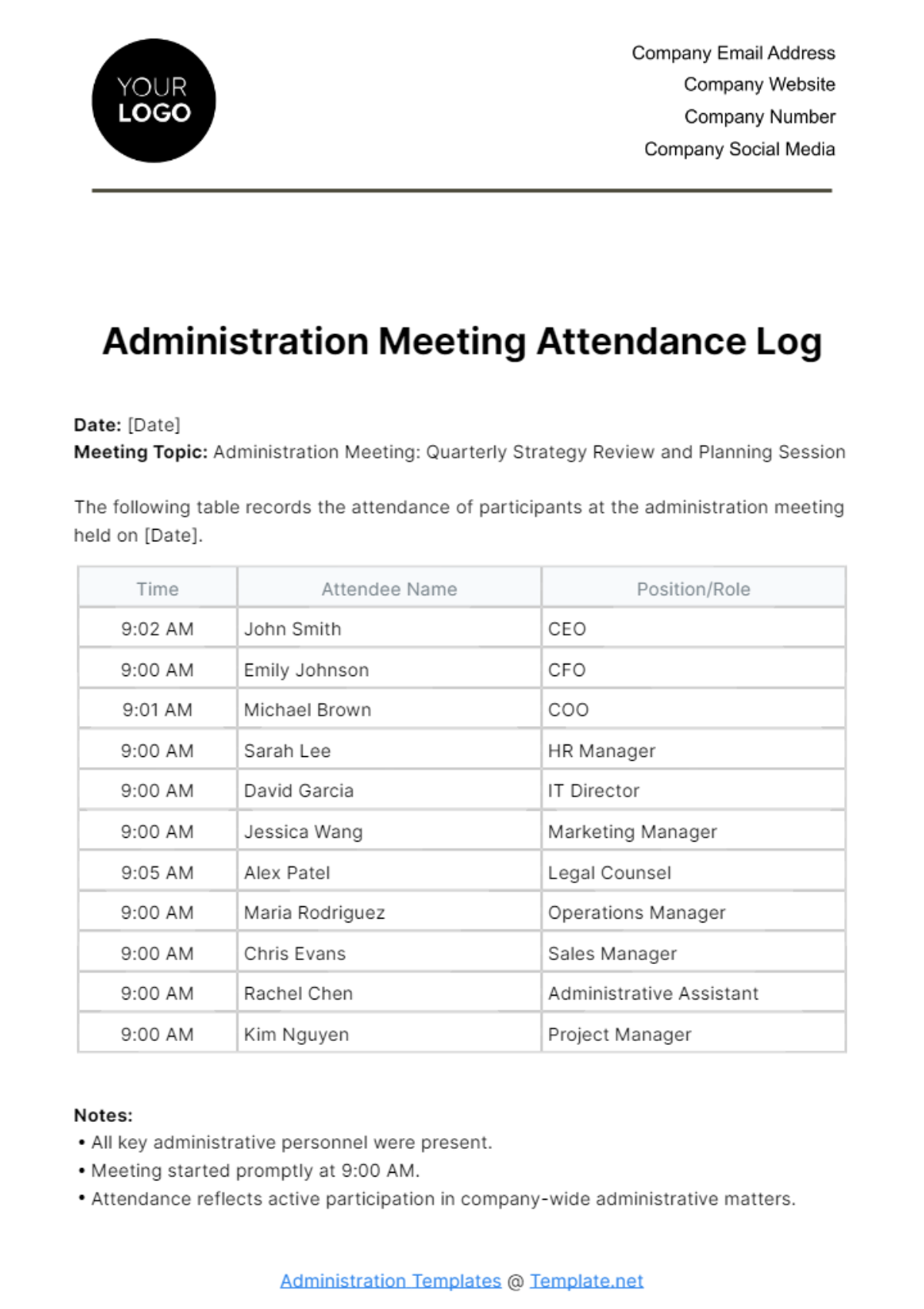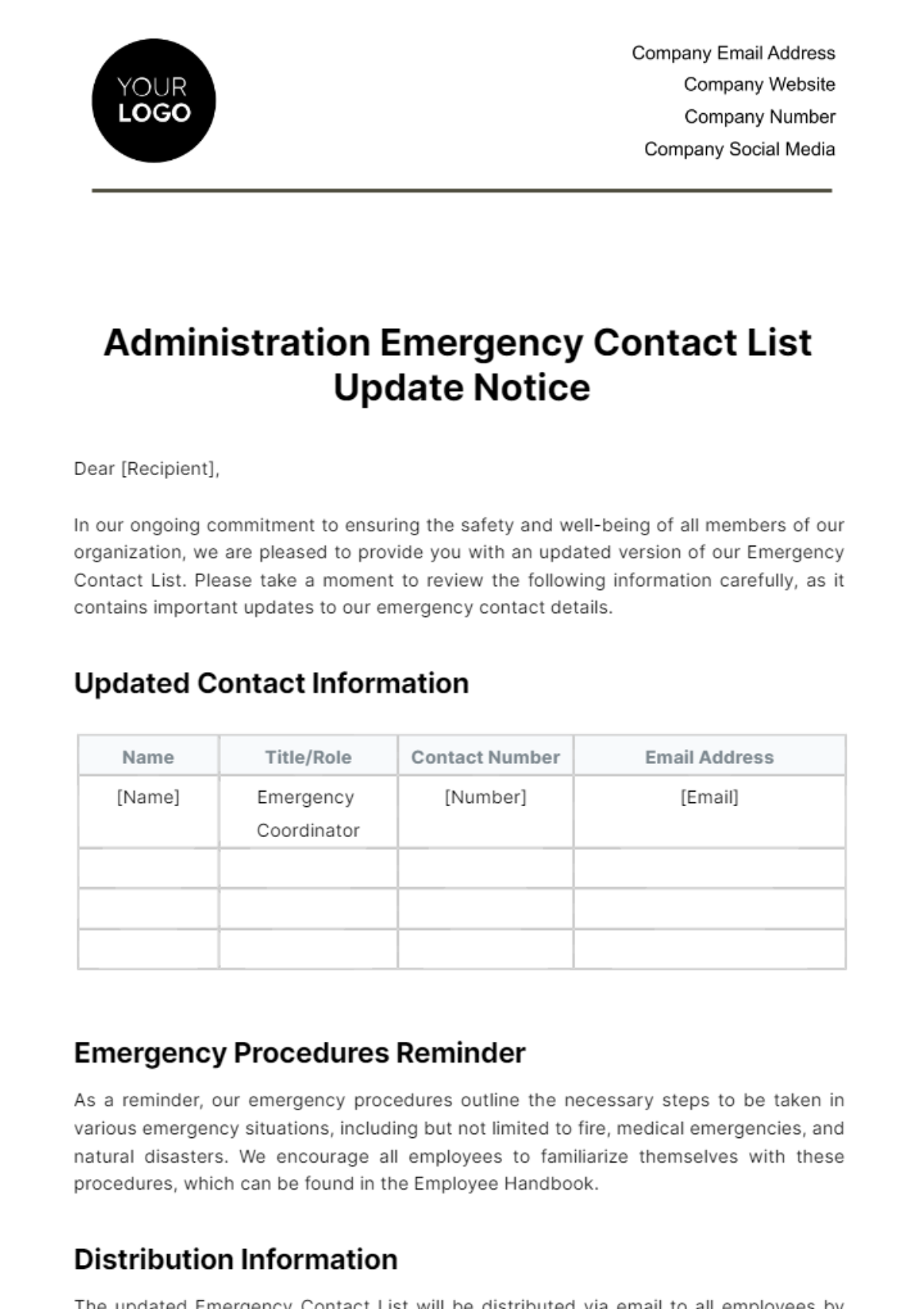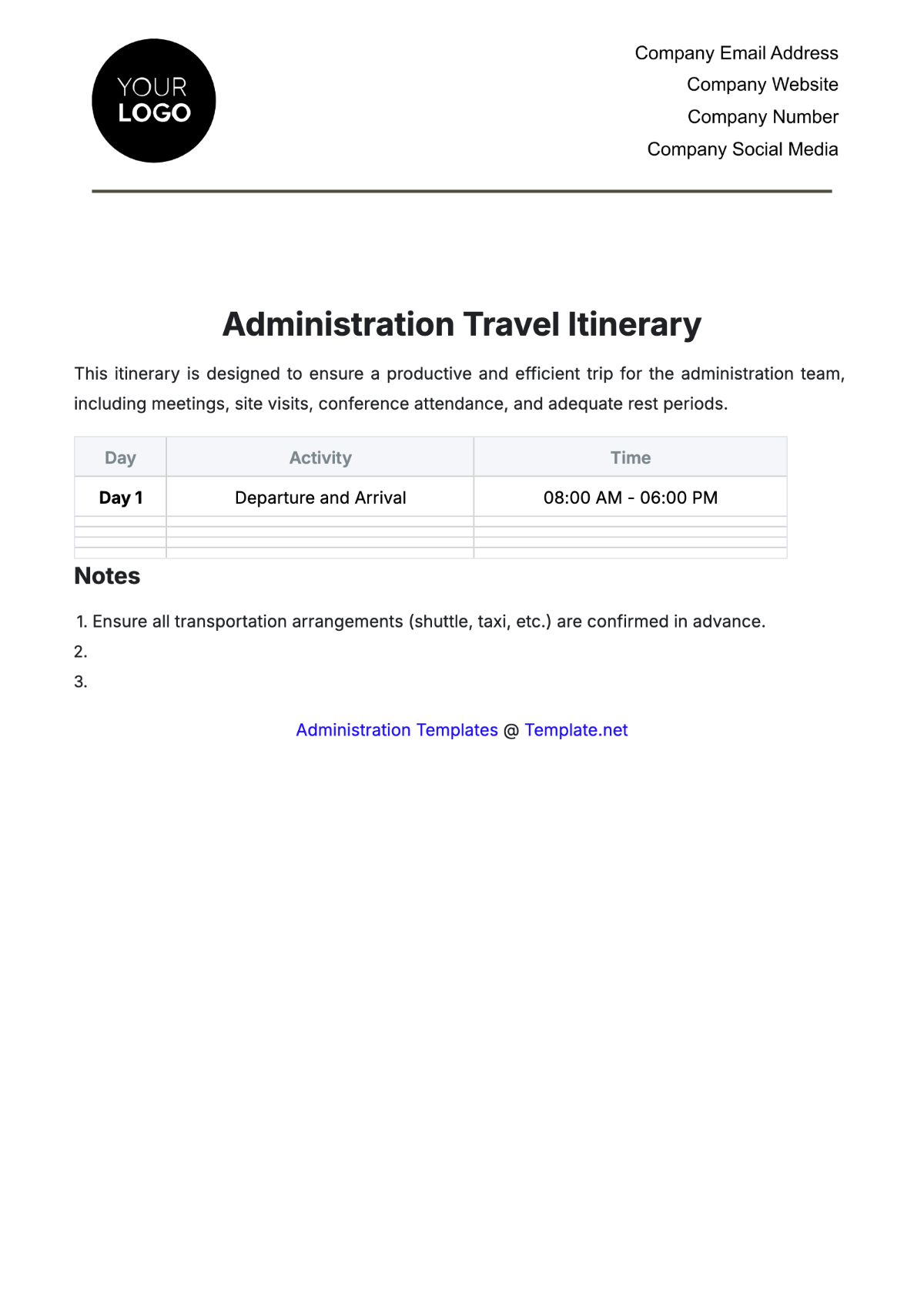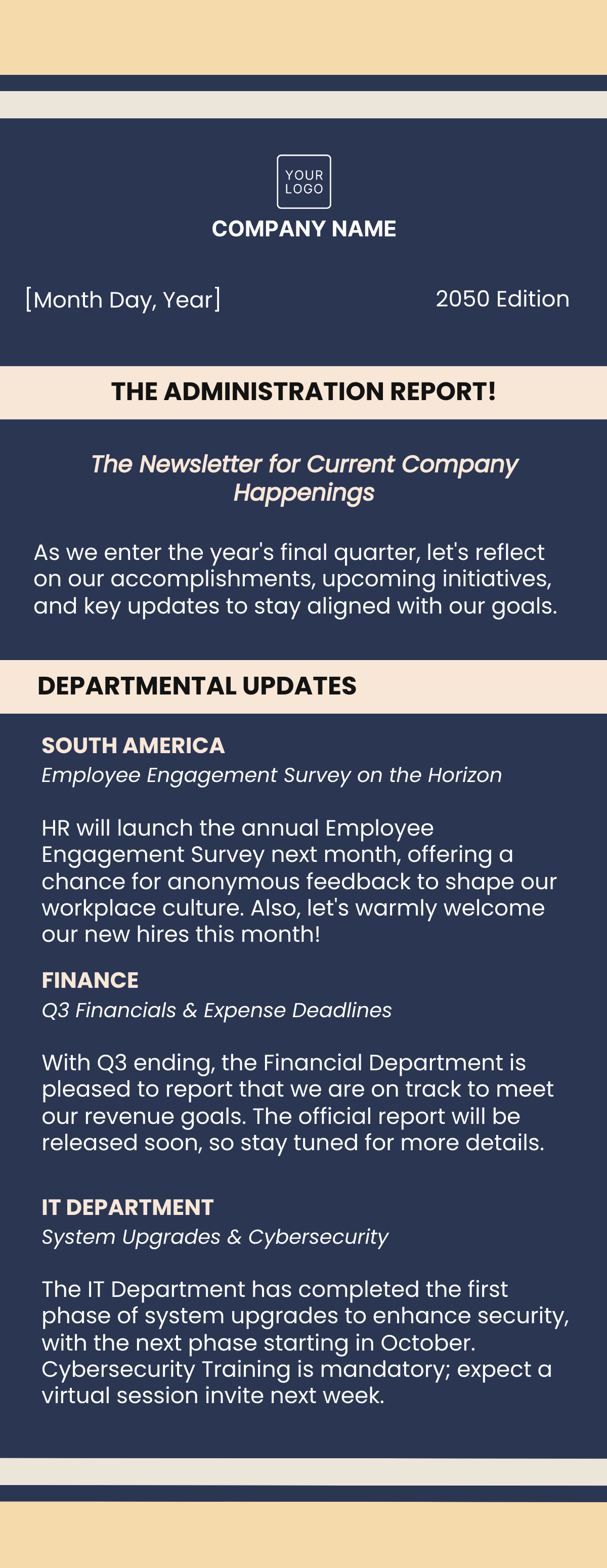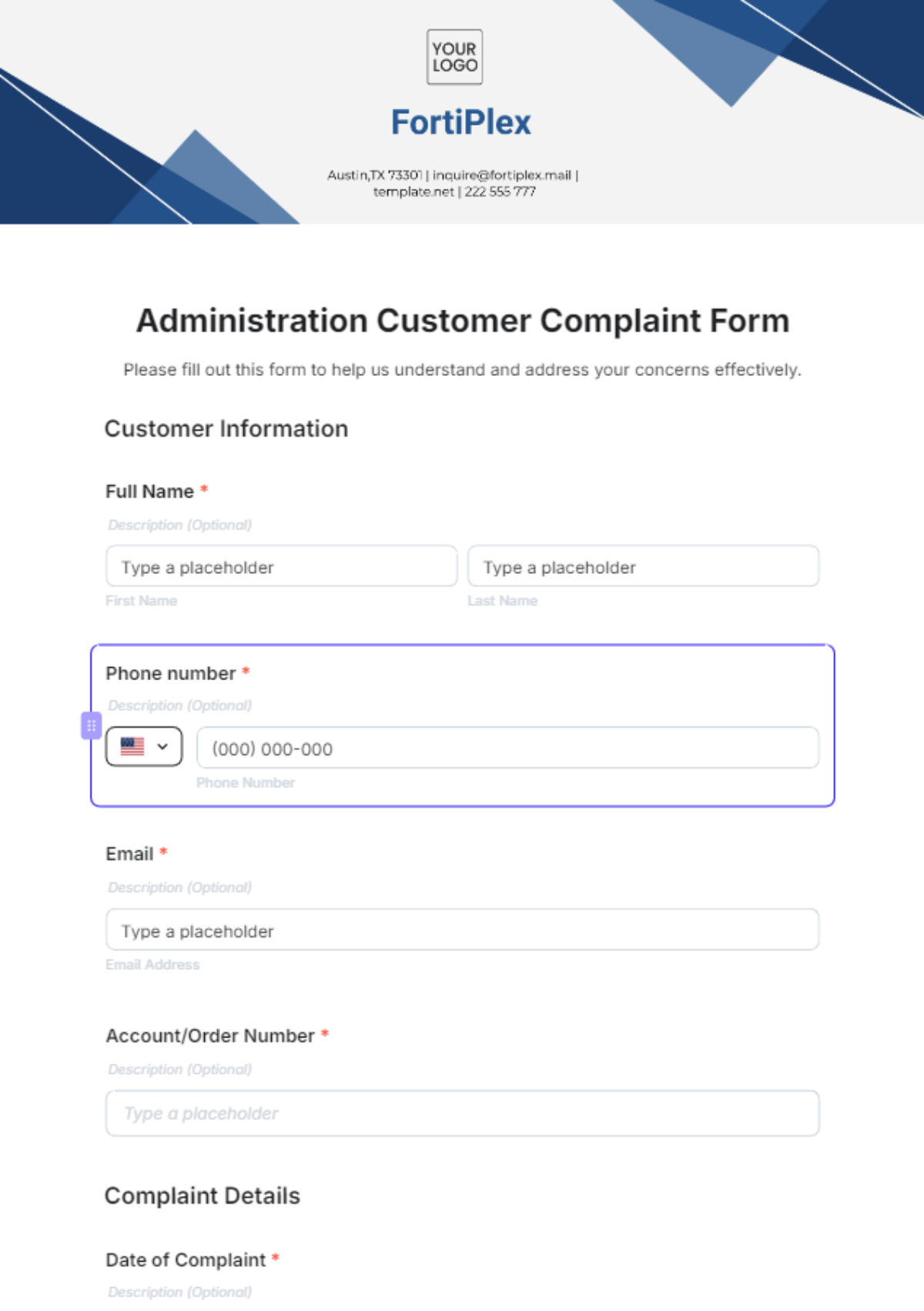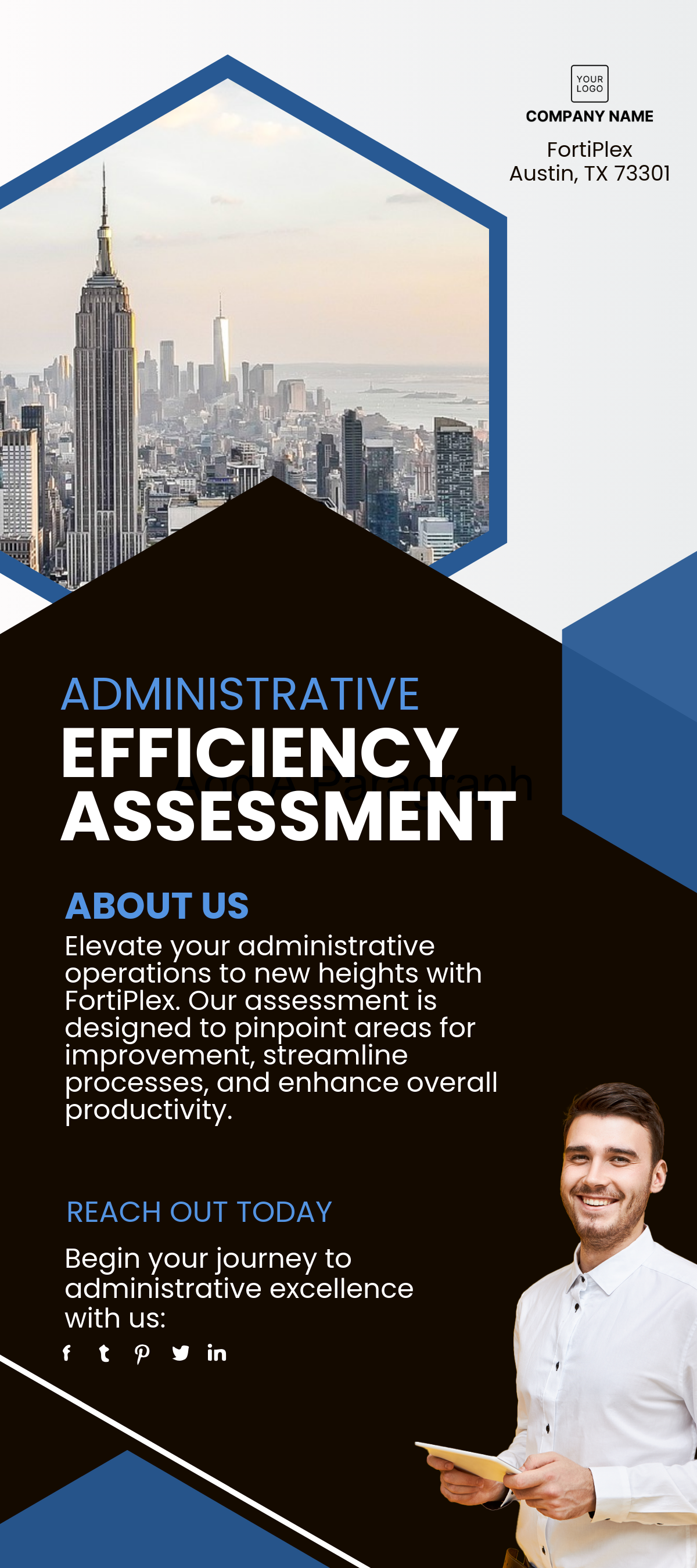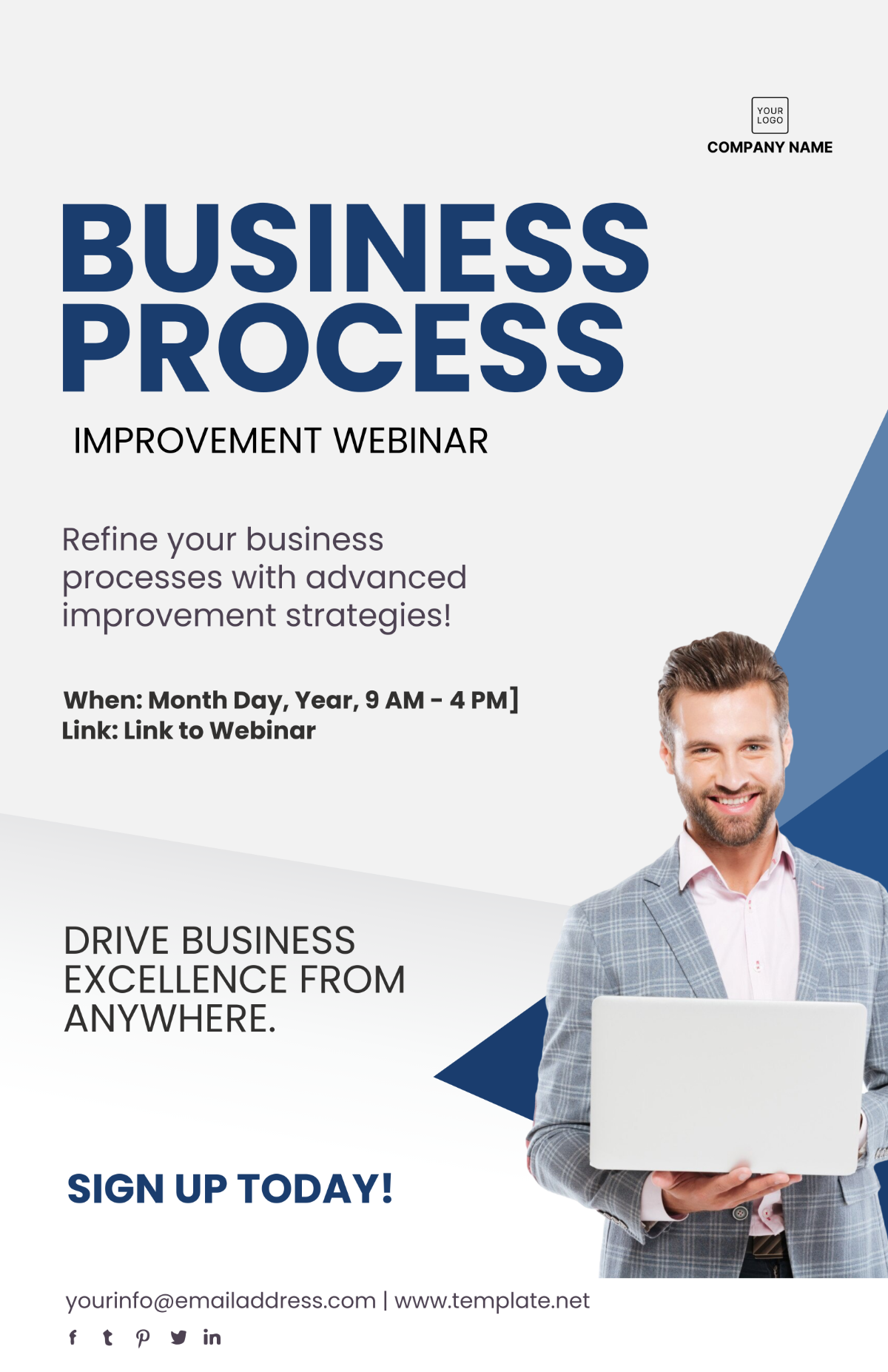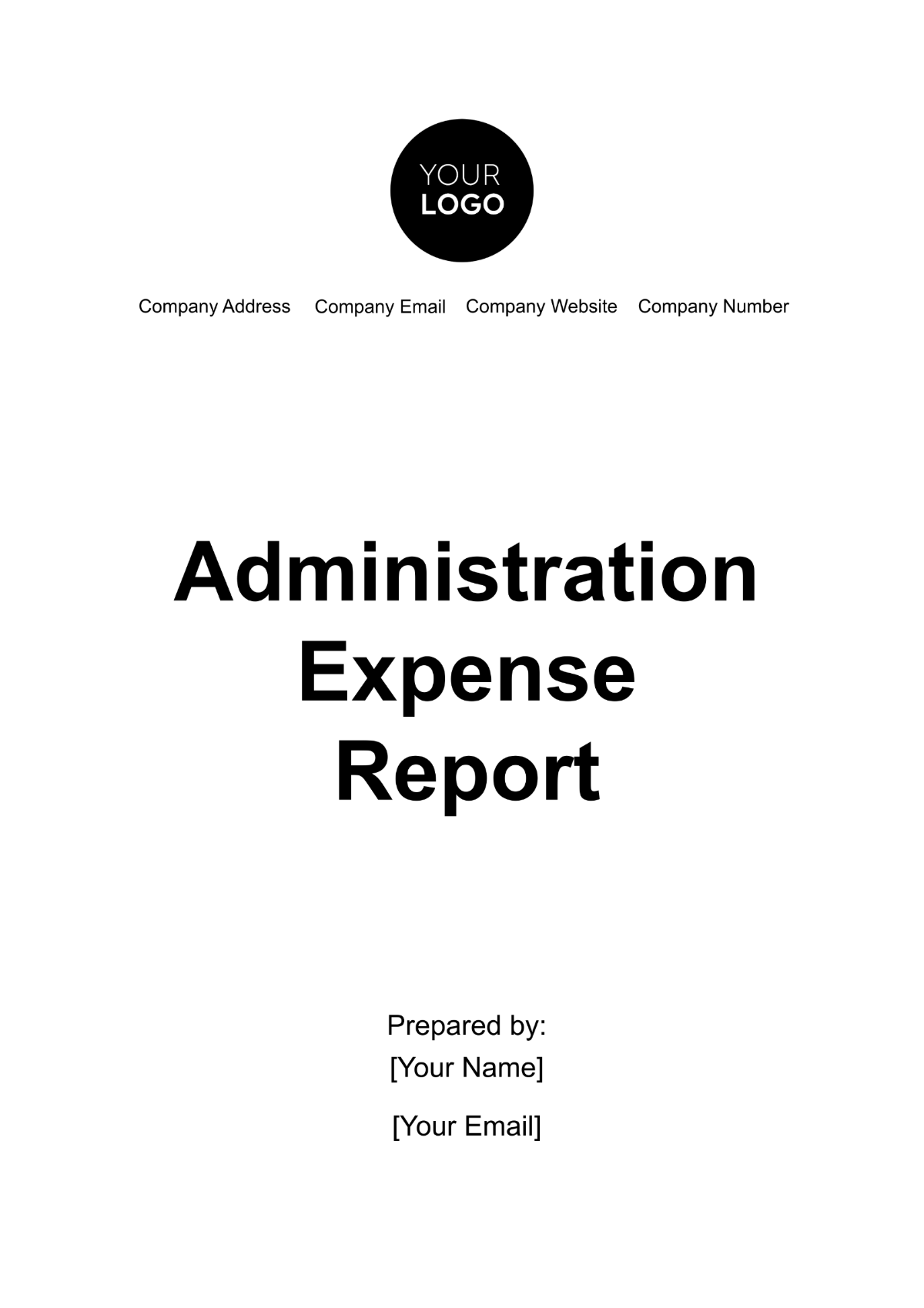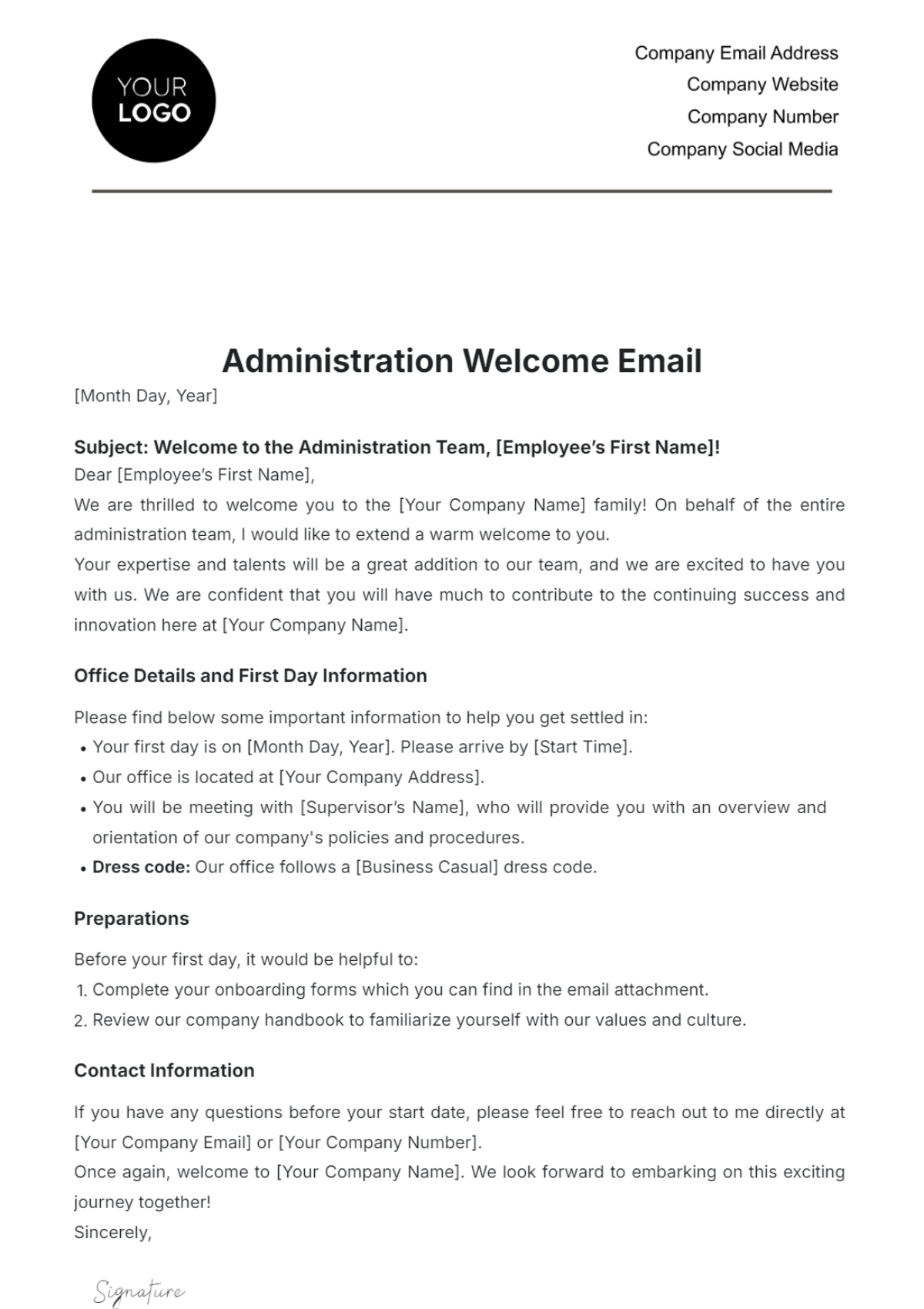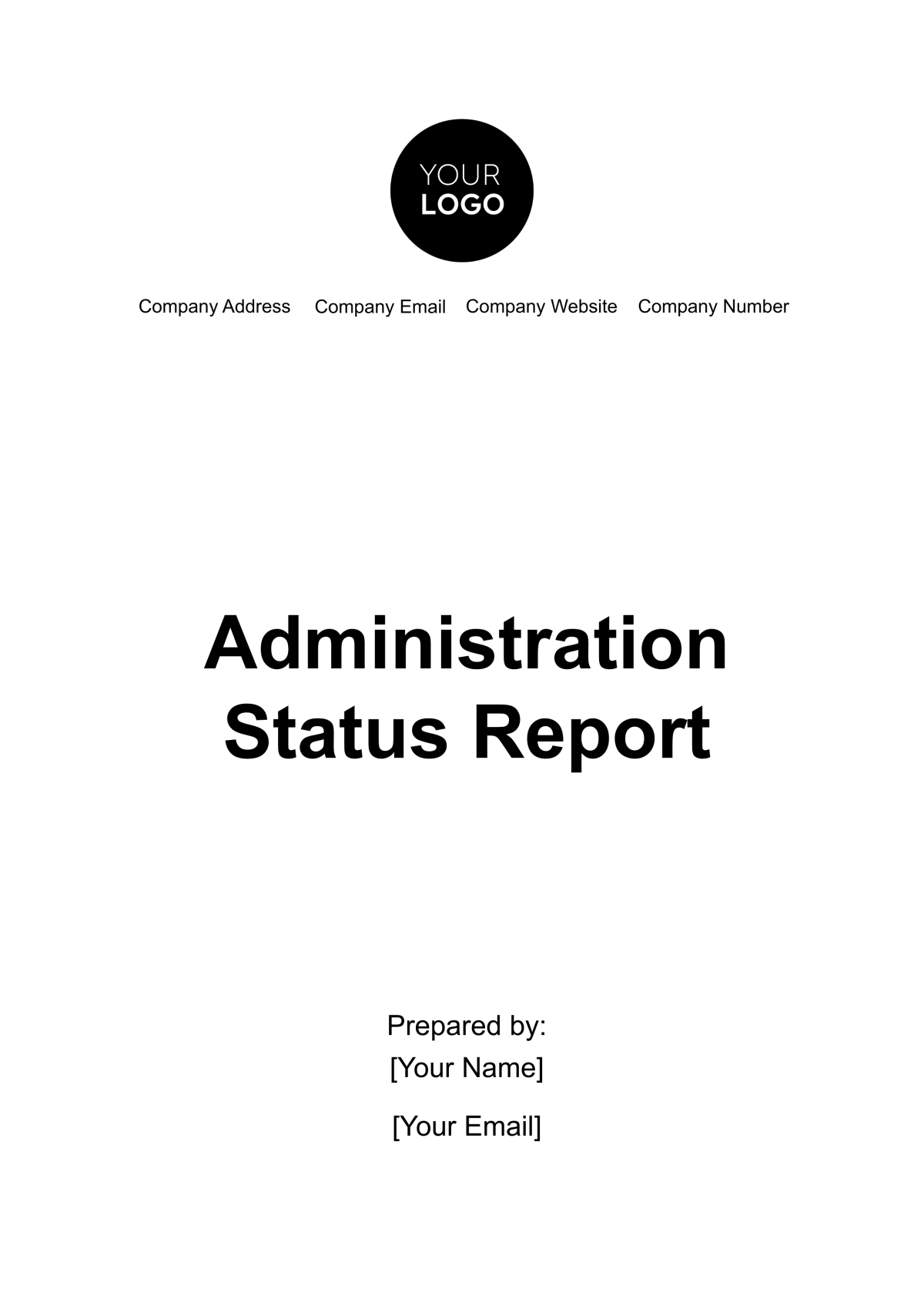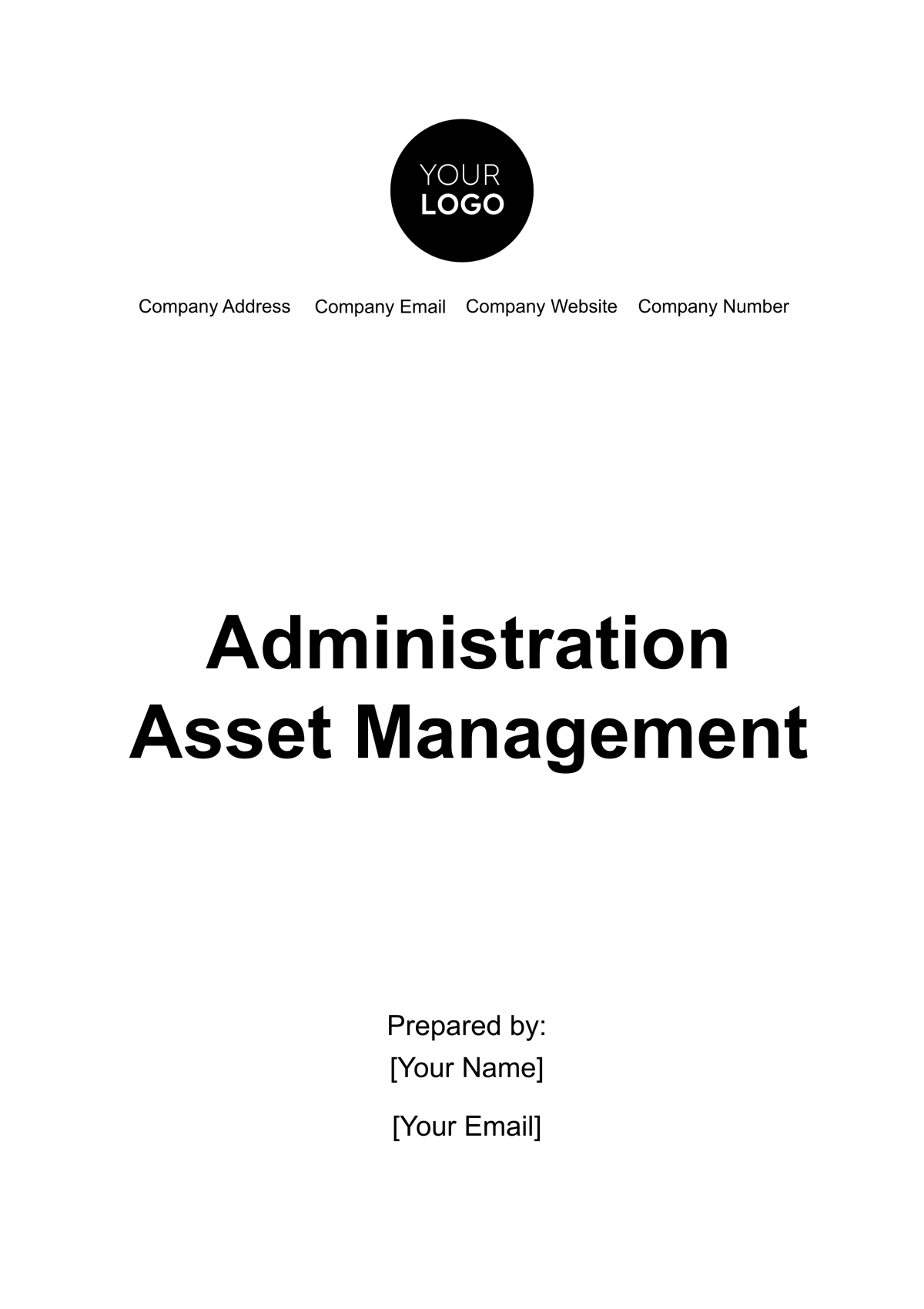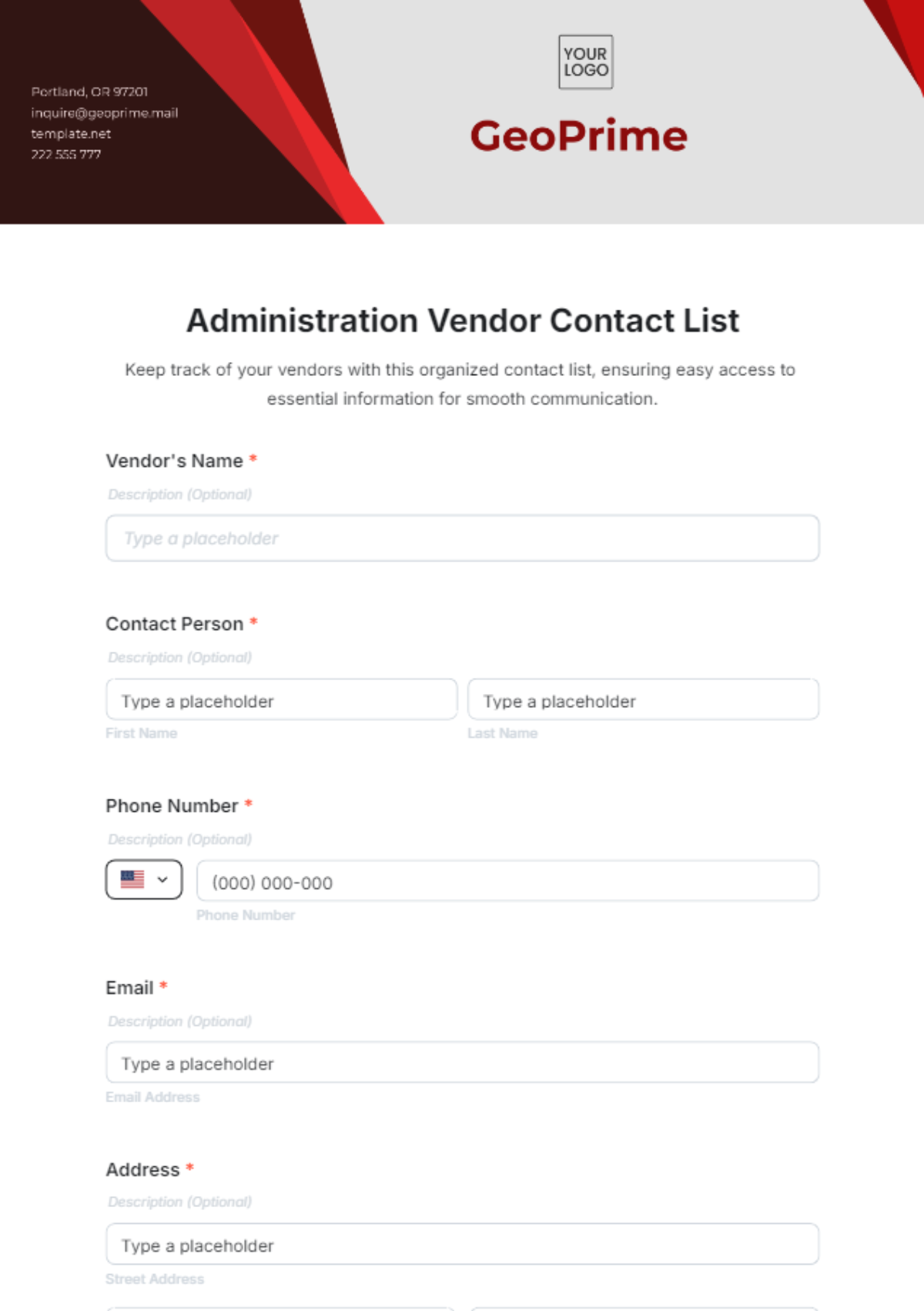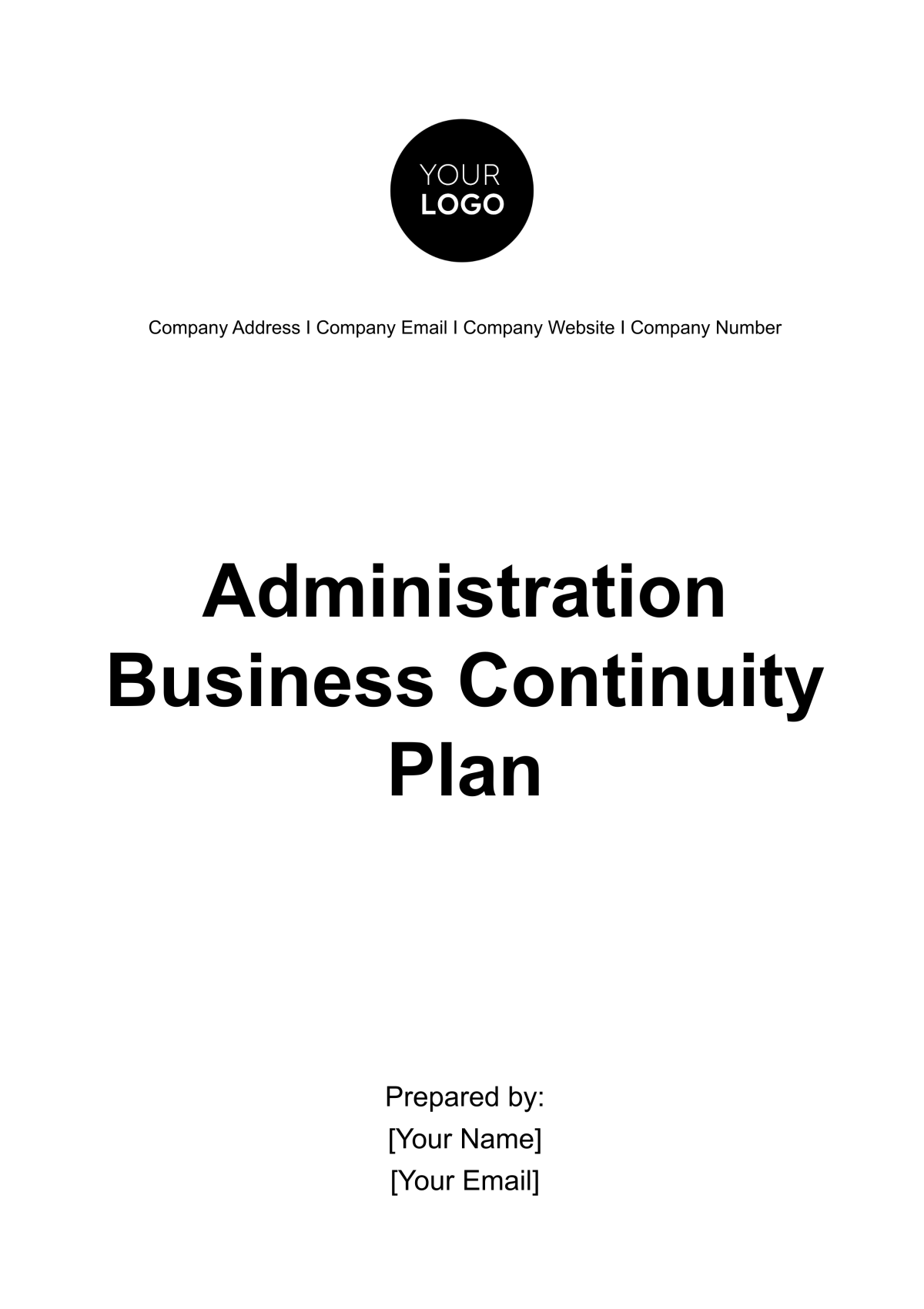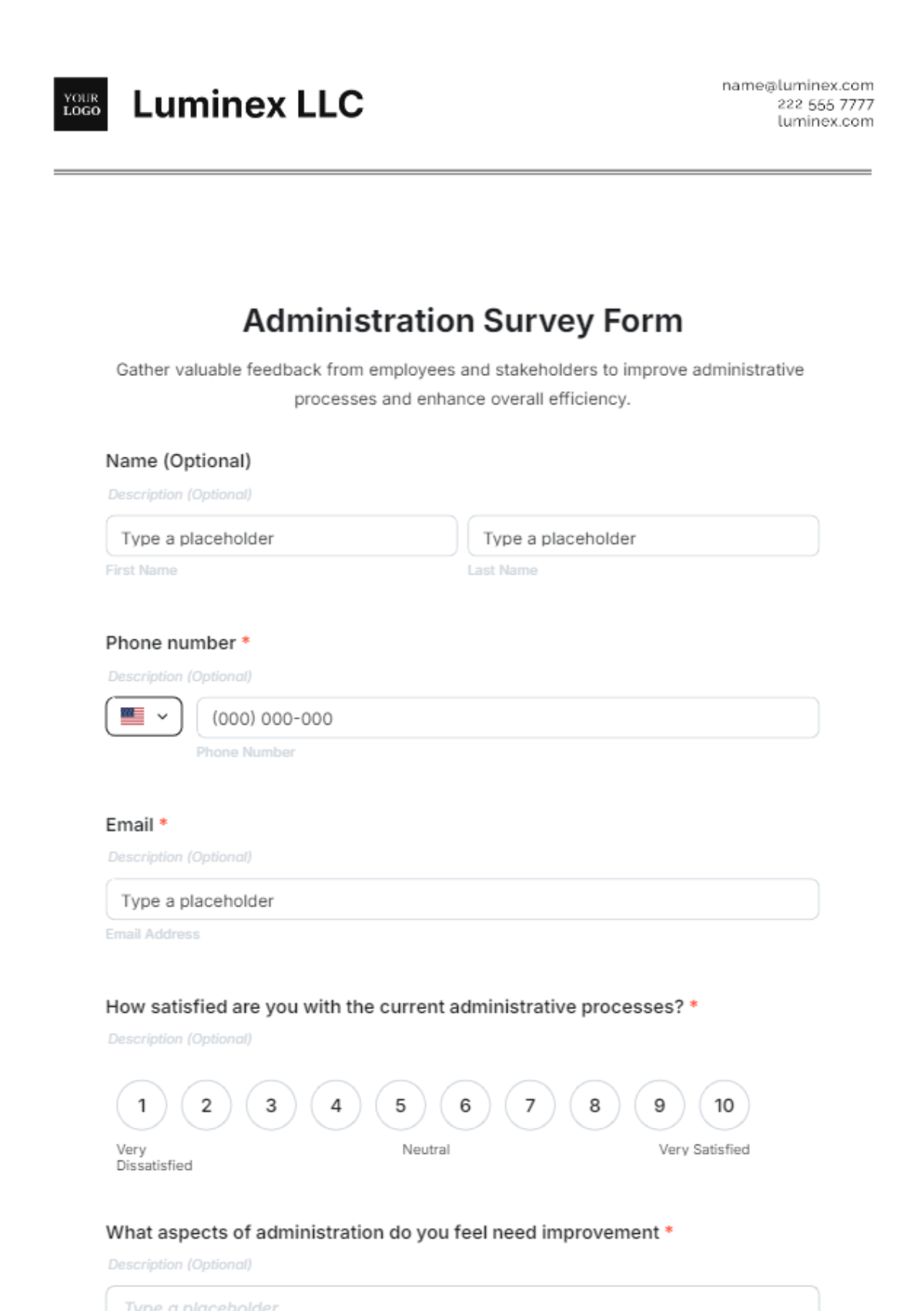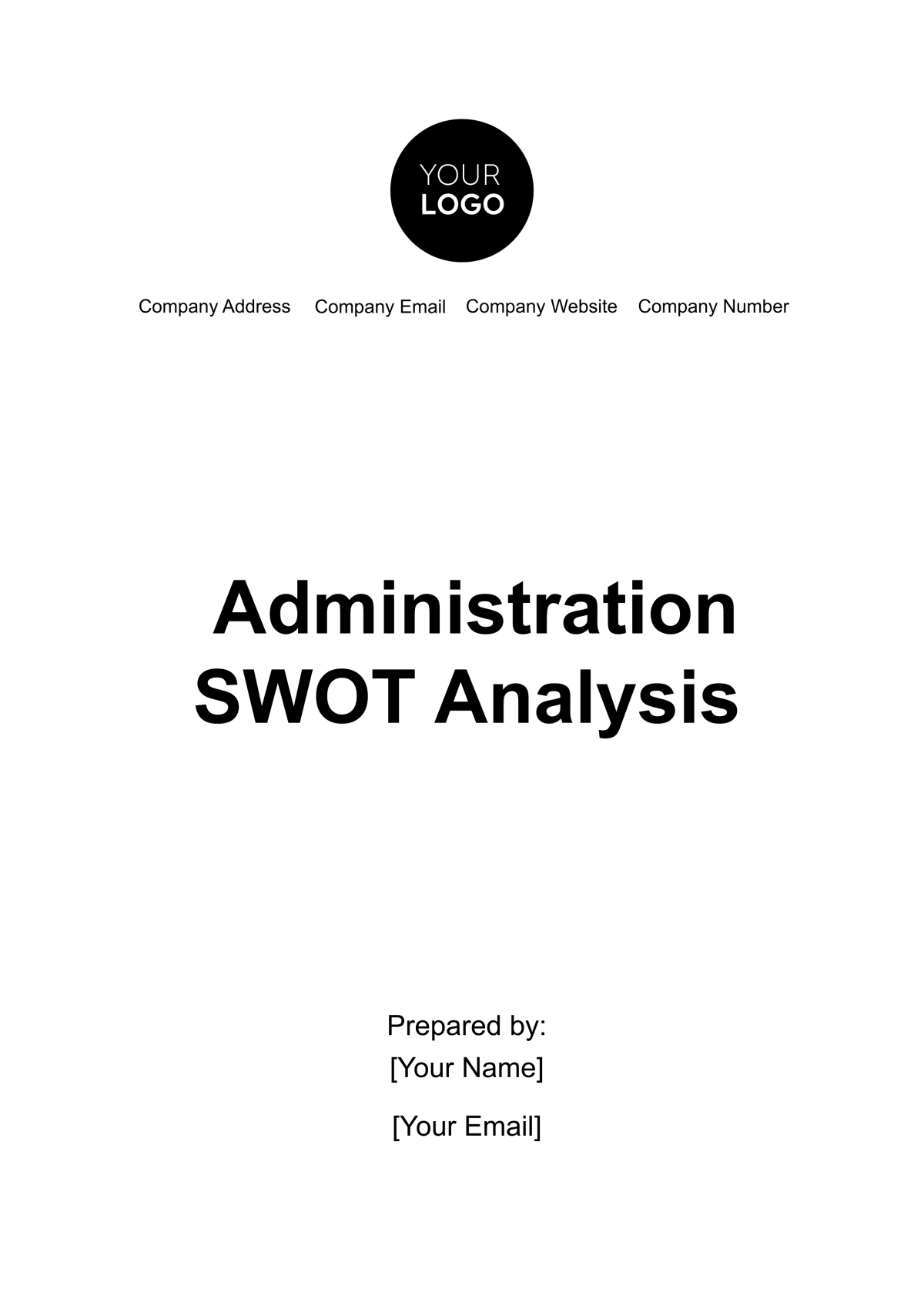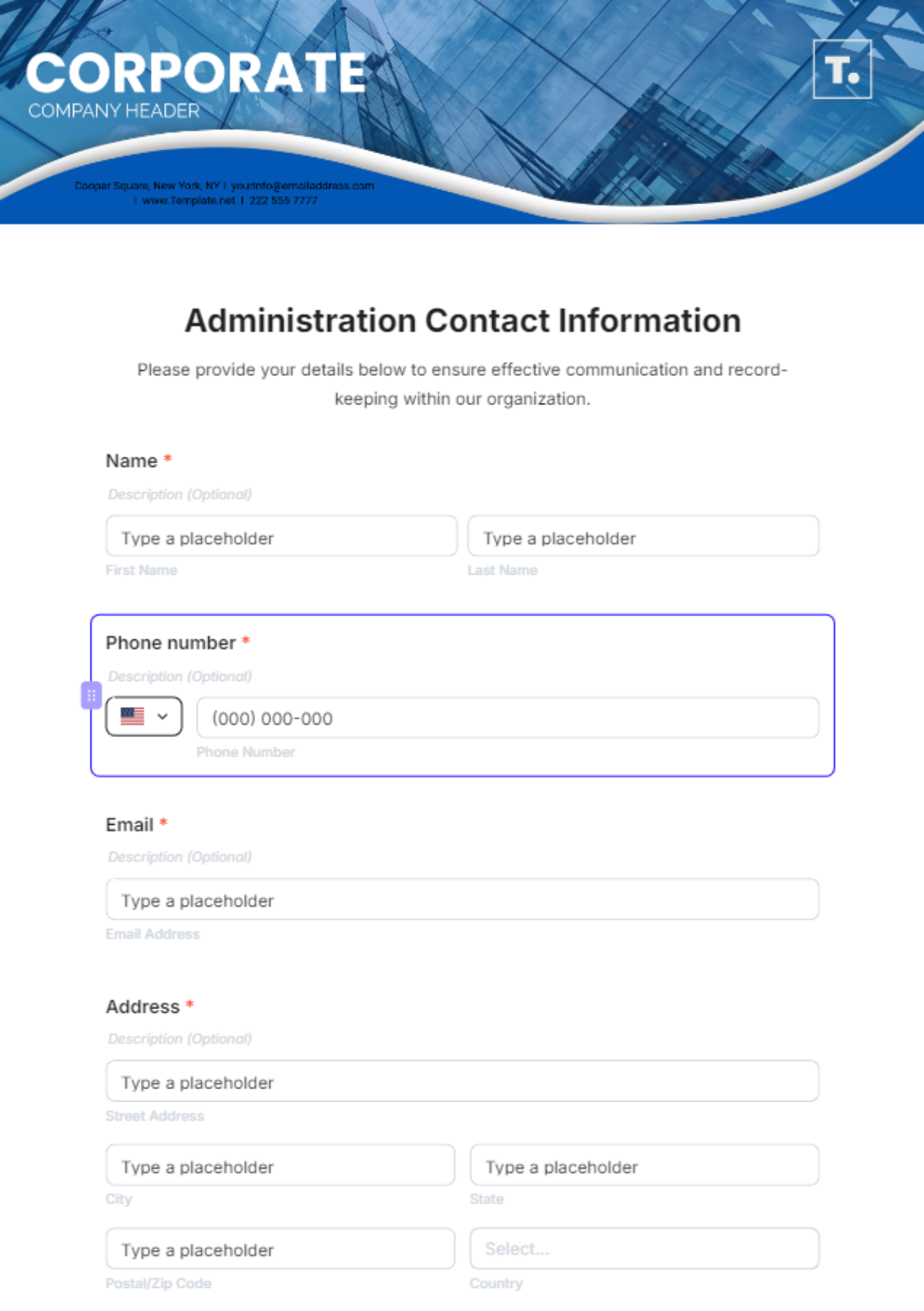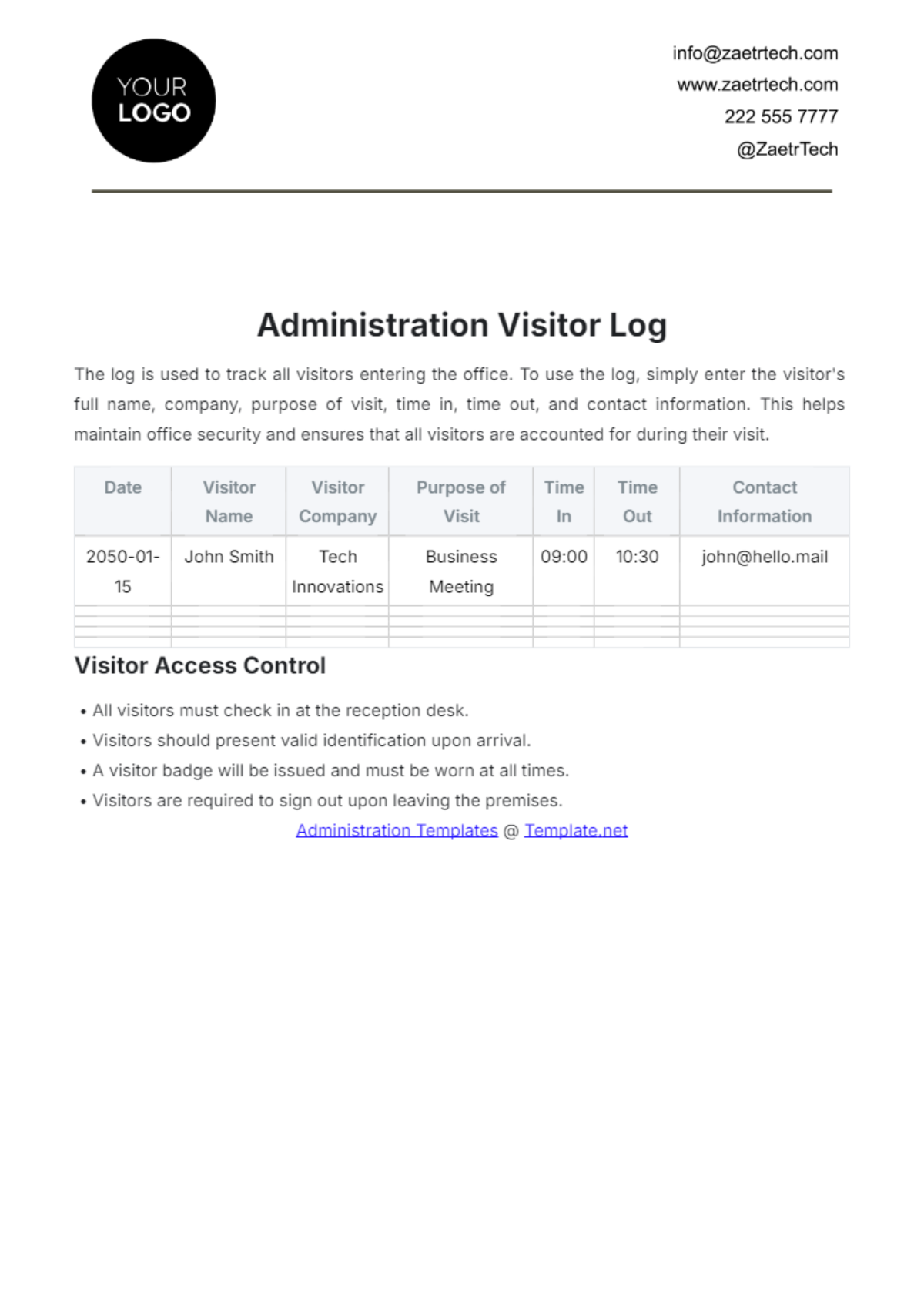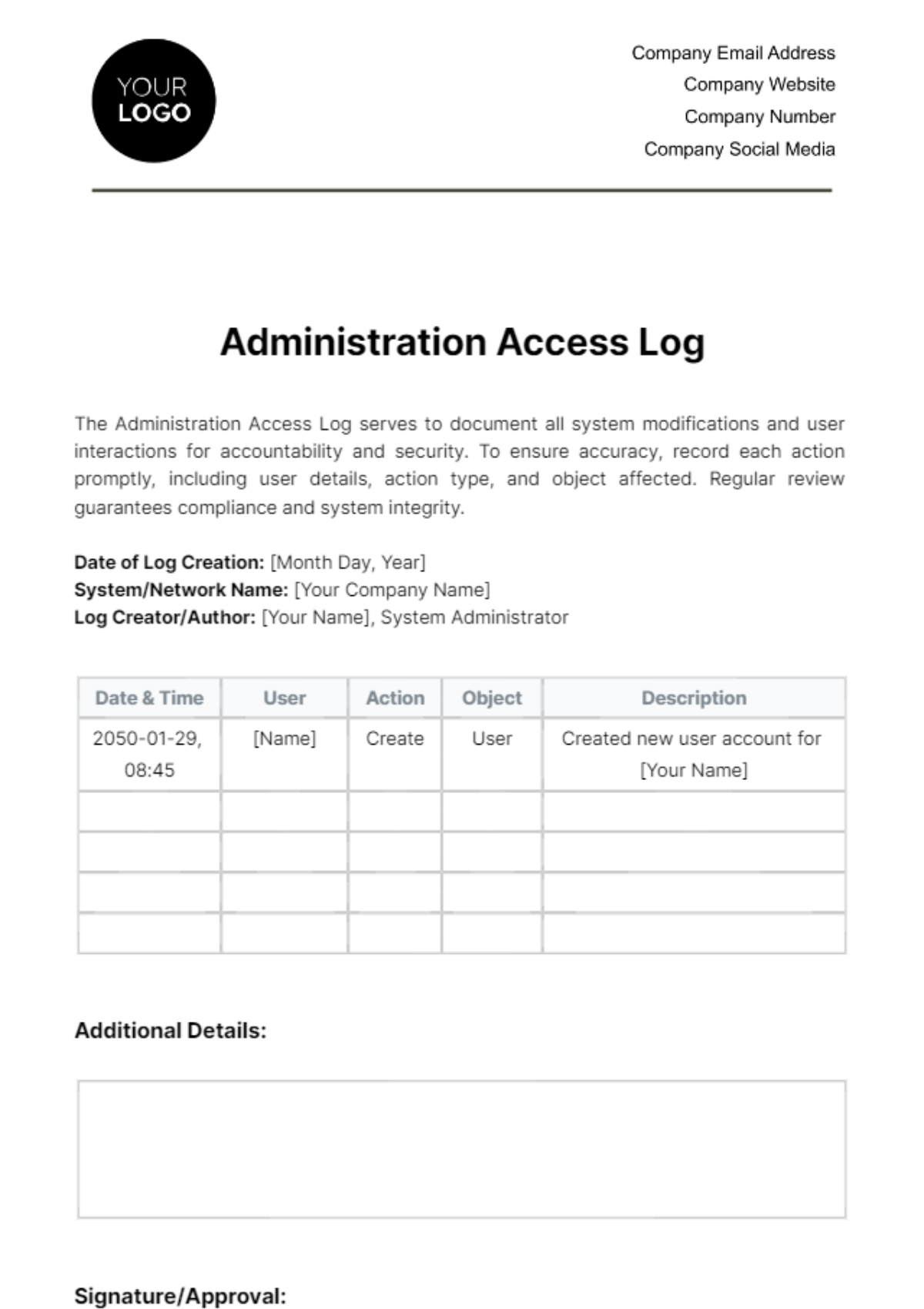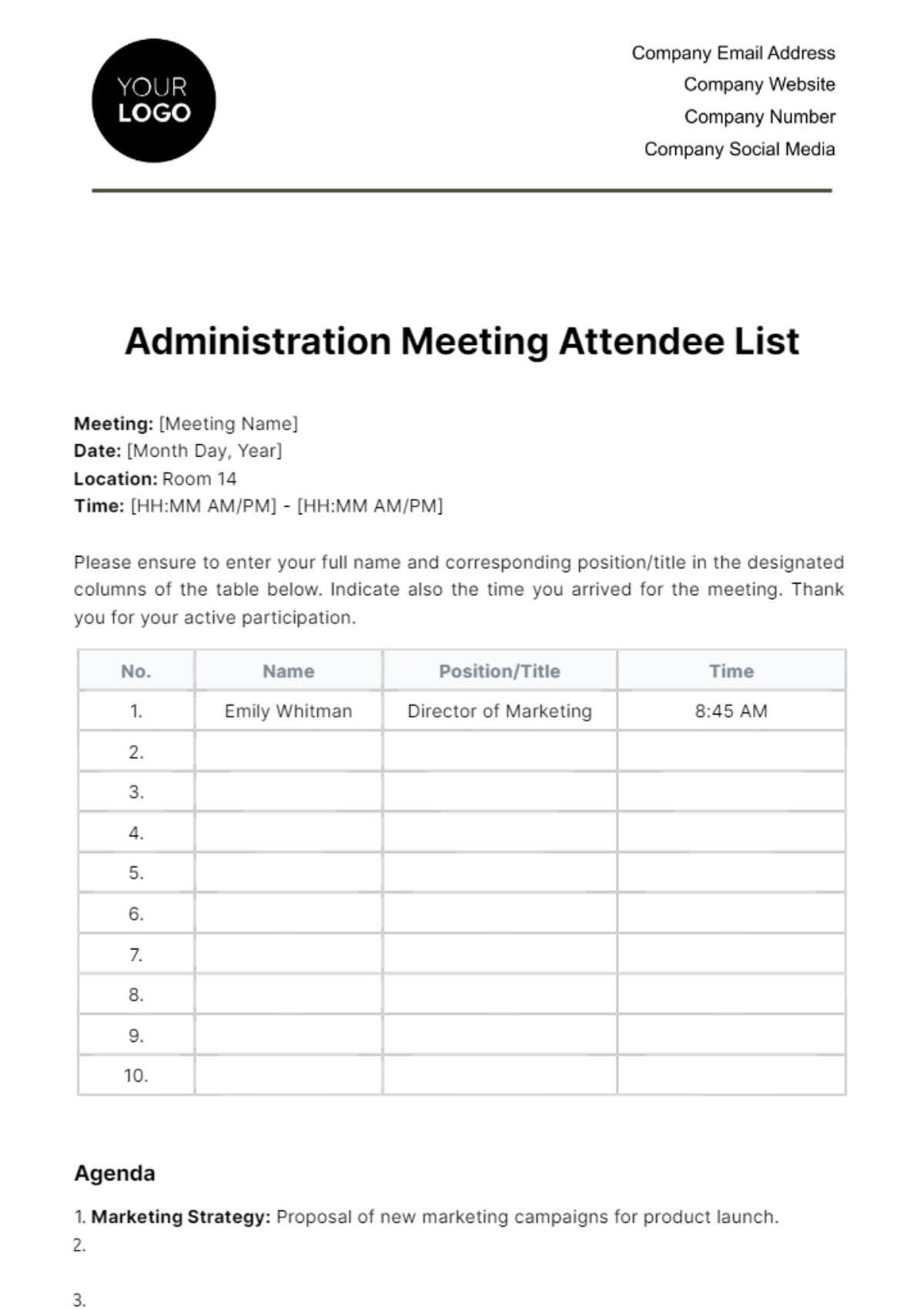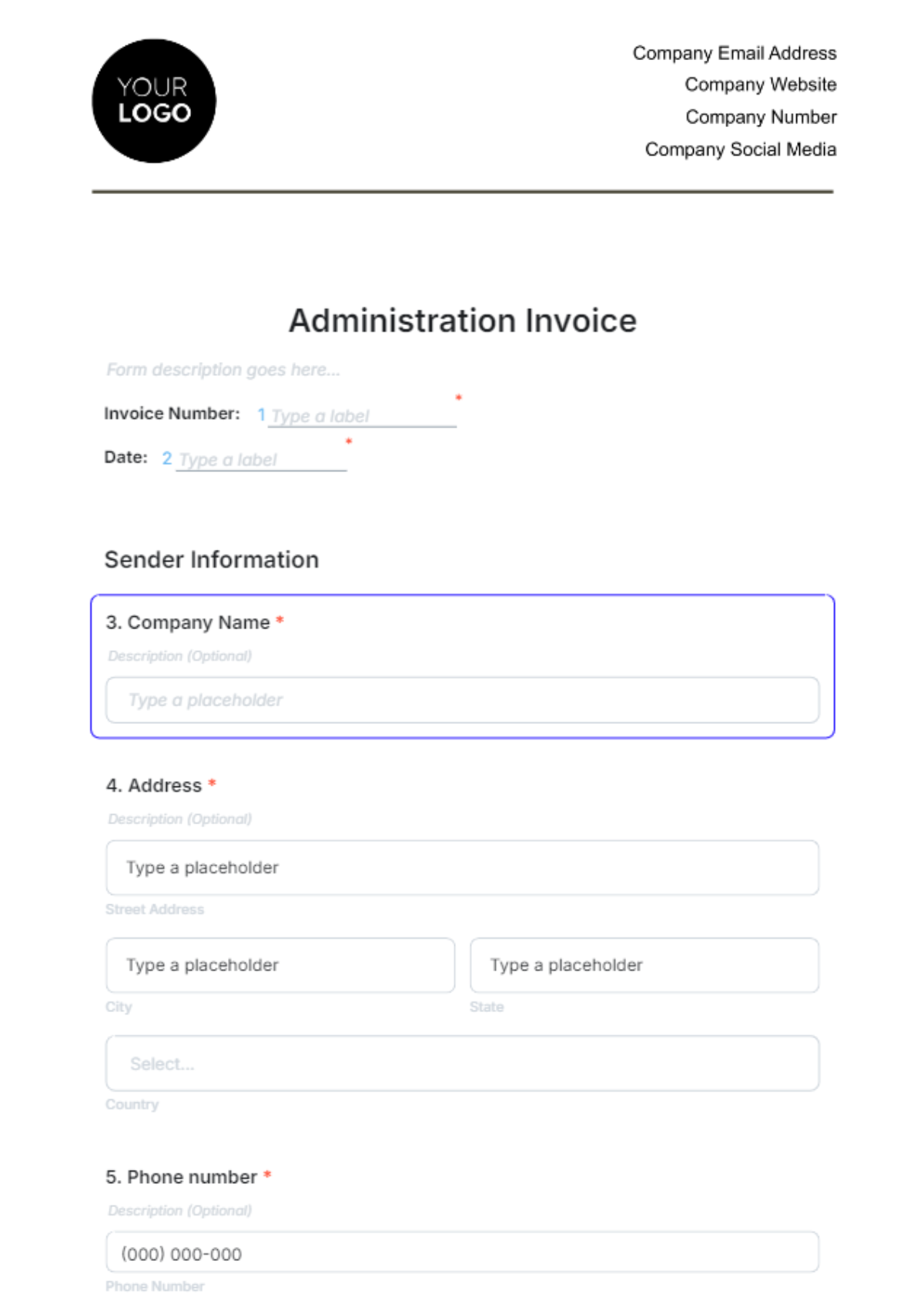Free Administration Vendor Integration Guide Template
1. Welcome and Overview
Welcome to the Administration Vendor Integration Guide, designed to streamline the process of integrating our services with your administration systems. Our company is committed to ensuring a seamless integration experience that aligns with US laws and standards. This guide will provide you with comprehensive instructions and best practices to facilitate the integration process efficiently.
In this guide, you will find detailed information on setting up your systems to communicate with our platform securely. By following these instructions, you can ensure compliance with regulations while maximizing the benefits of our services. We appreciate your partnership and look forward to a successful integration journey together.
2. Objective and Execution Plan
The main aim of this integration task is to streamline the administrative services competently. To ensure the fulfillment of this aim, we outline the following objectives:
Streamline process management
Improved data flow within systems
Enhanced system performance
Reduced operational risks
Improved user experience
3. Technical Expectations and Initialization
To ensure a smooth integration, ensure that your technical team is familiar with our API documentation and system requirements. Prioritize secure communication protocols and data encryption methods to safeguard sensitive information during transmission.
To initiate the integration, begin by registering your organization's account on our platform and obtaining API credentials. Familiarize yourself with the authentication mechanisms and endpoints provided in our API documentation. Ensure that your systems are capable of making HTTPS requests and handling JSON responses. This initial setup is crucial for establishing a secure and efficient communication channel between your administration systems and our platform.
4. API Documentation
Our API documentation offers detailed insights into the functionalities and capabilities of our integration endpoints. Developers can leverage this resource to understand how to interact with our platform programmatically, ensuring seamless integration with your existing systems.
a. Endpoint Overview
Explore our API endpoints categorized by functionality and resource type. Each endpoint is accompanied by a brief description of its purpose and the data it manipulates.
/endpoint1: Retrieves user information.
/endpoint2: Submits new orders.
/endpoint3: Updates existing customer data.
b. Methodology and Parameters
Learn about the supported HTTP methods (GET, POST, PUT, DELETE) and the parameters required for each request. Clear guidelines are provided on structuring requests and handling responses.
GET /endpoint1: Retrieves user details. Parameters: user_id.
POST /endpoint2: Submits a new order. Parameters: order_details.
PUT /endpoint3: Updates customer data. Parameters: customer_id, new_data.
c. Error Handling and Best Practices
Understand our error handling mechanisms, including status codes, error messages, and troubleshooting tips. Discover best practices for optimizing API usage to ensure reliability and performance.
Error Codes: 400 - Bad Request, 401 - Unauthorized, 500 - Internal Server Error.
Best Practices: Implement rate limiting, cache frequently used data, and handle asynchronous tasks efficiently.
5. Mapping and Formatting Data
Before integrating our services, it's crucial to comprehend the intricacies of data mapping and formatting. This section provides insights into structuring data effectively and selecting appropriate formats and protocols to facilitate seamless communication between systems.
a. Data Structures
Understand the required data structures for integrating with our platform, including entity relationship diagrams (ERDs) and data flow diagrams (DFDs). Ensure that your systems are capable of handling the specified data structures to facilitate smooth data exchange.
Entity Relationship Diagrams: Visualize the relationships between different data entities within your systems using ERDs, ensuring clarity and coherence in data representation and manipulation.
Data Flow Diagrams: Map the flow of data within your systems using DFDs to identify key processes and interactions, facilitating effective integration with our platform.
b. Data Formats and Transmission Protocols
Explore the recommended data formats, such as JSON or XML, and transmission protocols, including HTTP or HTTPS. Ensure compatibility between your systems and our platform to facilitate seamless data transmission and interpretation. Additionally, consider data encryption methods to enhance security during transmission, aligning with industry standards and regulations.
6. Secure Authentication
This portion of the guide fleshes out the intricate details of the required authentication and access control methods needed to secure the integration process.
Authentication Methods
Method | Use |
|---|---|
API keys | Unlocking access to specific APIs |
OAuth tokens | Authorizing and authenticating users |
Basic Auth | Login credentials for HTTP domains |
Digest Auth | Protection for HTTP protocols |
7. Error Resolutions
Encountering errors during integration is inevitable. However, with proper error management strategies in place, you can mitigate their impact and expedite the resolution process. This section outlines best practices for identifying, troubleshooting, and resolving errors encountered during integration.
Best Practices for Managing and Resolving Errors
Comprehensive Error Logging: Implement robust error logging mechanisms to capture detailed information about encountered errors, including timestamps and relevant contextual data.
Error Classification: Categorize errors based on severity and impact to prioritize resolution efforts effectively.
Real-Time Monitoring: Utilize monitoring tools to detect errors promptly and proactively address issues before they escalate.
Clear Error Messages: Provide descriptive error messages to aid in troubleshooting and guide users towards resolution steps.
Collaborative Resolution: Foster collaboration between development and support teams to expedite error resolution through effective communication and knowledge sharing.
8. Testing and Authenticating Procedures
Testing is a critical phase of the integration process, ensuring that the integrated solution functions as intended and meets specified requirements. This section provides insights into the importance of testing and outlines various methodologies to validate the reliability and compliance of the integrated system.
Various Methods of Testing
Unit Testing: Validate individual components of the integration to ensure they function correctly in isolation.
Integration Testing: Test the interaction between integrated components to verify seamless communication and data exchange.
Security Testing: Assess the security measures implemented within the integrated solution to identify and mitigate vulnerabilities.
Performance Testing: Evaluate the performance and scalability of the integrated system under various load conditions.
User Acceptance Testing (UAT): Engage end-users to validate the integrated solution against real-world scenarios and requirements, ensuring user satisfaction and compliance.
9. Deployment Strategy
After thorough testing and validation, the deployment stage is crucial for transitioning the integrated solution into a live environment seamlessly. This section outlines the deployment strategy and transition plans to ensure a smooth and successful integration.
Pre-Deployment Preparation
Conduct final checks and preparations before deployment, including data backup and contingency planning.
Deployment Process
Execute the deployment plan, following a structured approach to minimize downtime and disruption to operations.
Transition to New System
Communicate with stakeholders and end-users regarding the transition process, providing training and support as needed.
Post-Deployment Evaluation
Assess the performance of the integrated solution post-deployment and address any issues or concerns promptly.
10. Support and Post-deployment Maintenance
The integration process does not stop at deployment. This guide includes support mechanisms, maintenance procedures, and escalation paths available post-deployment, ensuring both parties have clear understandings of their respective support and maintenance responsibilities.
This comprehensive guide offers extensive value by thoroughly explaining the entire integration process. By following this guide, any company can successfully integrate a vendor's administrative services into their existing systems, thereby streamlining their administrative functions.
